Focus
Your Present Location: HOME> FocusChen Chenchen: Business mindset central to Trump’s Asia trip
By Chen Chenchen Source: Global Times Published: 2017-11-8
US President Donald Trump is in the midst of a marathon tour in Asia. Since the White House`s late-September announcement of the president`s five-nation Asia trip, policy observers on both sides of the Pacific have started to view it as a belated opportunity to peep into the Trump administration`s Asia strategy.
Right after the Japan leg of the lengthy Asia trip, analysts more or less feel disappointed: It seems that Trump is still talking in campaign-style clichés and that he did not appear to have achieved much with his "crucial ally." Some began to conjecture about Trump`s Asia policy architecture: Is the focus really shifting from southern parts of Asia, which were the focus of the Obama era, toward the northern parts?
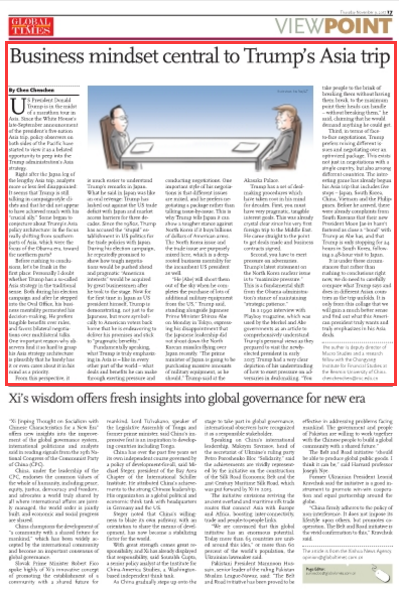
Before rushing to conclusions, let`s be frank in the first place: Personally I doubt whether Trump has a so-called Asia strategy in the traditional sense. Both during his election campaign and after he stepped into the Oval Office, his business mentality permeated his decision-making. He prefers tangible benefits over rules, and favors bilateral negotiations over multilateral talks. One important reason why observers find it so hard to grasp his Asia strategy architecture is plausibly that he barely has it or even cares about it in his mind as a priority.
From this perspective, it is much easier to understand Trump`s remarks in Japan. What he said in Japan was like an oral revenge: Trump has lashed out against the US trade deficit with Japan and market access barriers for three decades. Since the 1980s, Trump has accused the "stupid" establishment in US politics for the trade policies with Japan. During his election campaign, he repeatedly promised to show how tough negotiations would be pushed ahead and pragmatic "American interests" would be acquired by great businessmen after he took to the stage. Now for the first time in Japan as US president himself, Trump is demonstrating, not just to the Japanese, but more symbolically to American voters back home that he is endeavoring to deliver his promises and stick to "pragmatic benefits."
Fundamentally speaking, what Trump is truly emphasizing in Asia is - like in every other part of the world - what deals and benefits he can make through exerting pressure and conducting negotiations. One important style of his negotiations is that different issues are mixed, and he prefers negotiating a package rather than talking issue-by-issue. This is why Trump tells Japan it can show a tougher stance against North Korea if it buys billions of dollars of American arms. The North Korea issue and the trade issue are purposely mixed here, which is a deep-rooted business mentality for the incumbent US president as well.
"He [Abe] will shoot them out of the sky when he completes the purchase of lots of additional military equipment from the US," Trump said, standing alongside Japanese Prime Minister Shinzo Abe on Monday in Tokyo, expressing his disappointment that the Japanese leadership did not shoot down the North Korean missiles flying over Japan recently. "The prime minister of Japan is going to be purchasing massive amounts of military equipment, as he should," Trump said at the Akasaka Palace.
Trump has a set of deal-making procedures which have taken root in his mind for decades. First, you must have very pragmatic, tangible interest goals. This was already crystal clear since his very first foreign trip to the Middle East. He came straight to the point to get deals made and business contracts signed.
Second, you have to exert pressure on adversaries. Trump`s latest statement on the North Korea nuclear issue is to "maximize pressure." This is a fundamental shift from the Obama administration`s stance of maintaining "strategic patience."
In a 1990 interview with Playboy magazine, which was used by the Merkel and Abe governments as an article to comprehensively understand Trump`s personal views as they prepared to visit the newly-elected president in early 2017, Trump had a very clear depiction of his understanding of how to exert pressure on adversaries in deal-making. "You take people to the brink of breaking them without having them break, to the maximum point their heads can handle - without breaking them," he said, claiming that he would demand anything he could get.
Third, in terms of face-to-face negotiations, Trump prefers mixing different issues and negotiating over an optimized package. This exists not just in negotiations with a single country, but also among different countries. The interesting game has already begun his Asia trip that includes five stops - Japan, South Korea, China, Vietnam and the Philippines. Before he arrived, there were already complaints from South Koreans that their new President Moon Jae-in hasn`t fostered as close a "bond" with Trump as Abe has, and that Trump is only stopping for 24 hours in South Korea, following a 48-hour visit to Japan.
It is under these circumstances that rather than rushing to conclusions right now, we do need to carefully compare what Trump says and does in different Asian countries as the trip unfolds. It is only from this collage that we will gain a much better sense and find out what this American president truly wants and truly emphasizes in his Asia deals.
The author is deputy director of Macro Studies and a research fellow with the Chongyang Institute for Financial Studies at the Renmin University of China.
Key Words: Trump; Asia strategy; Japan; Chen Chenchen
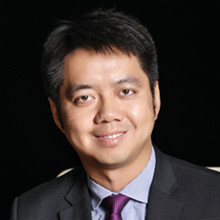
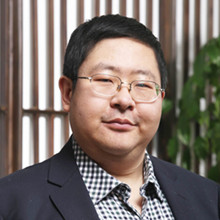
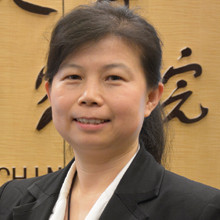
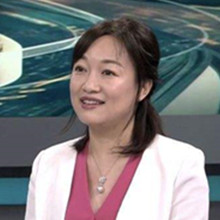
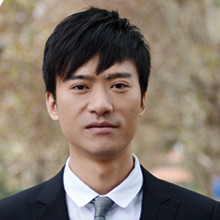
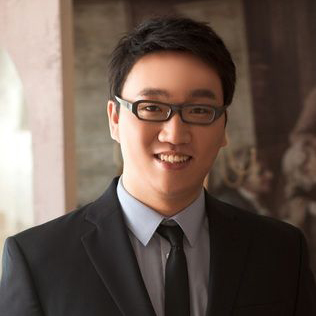
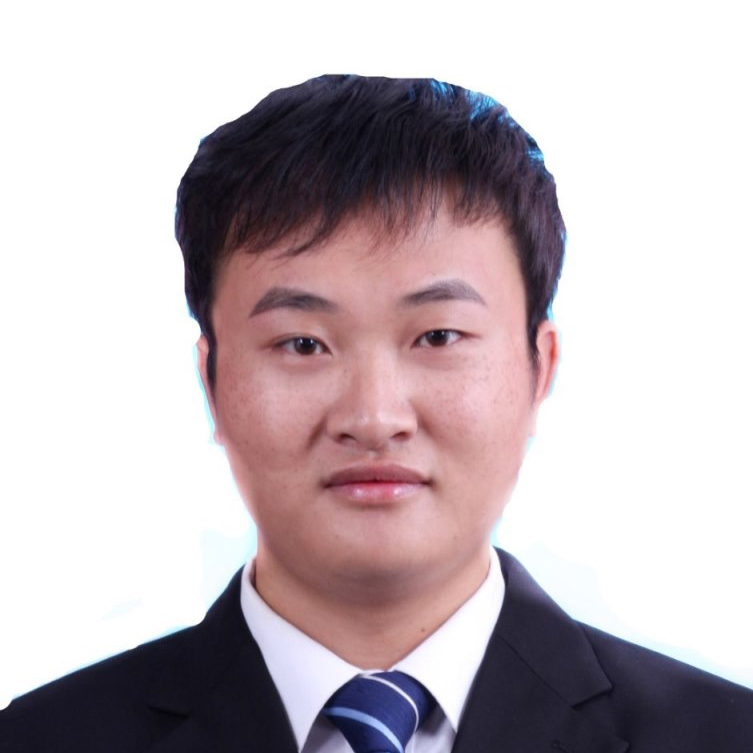
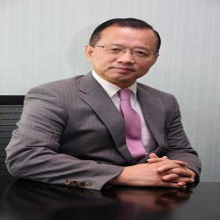
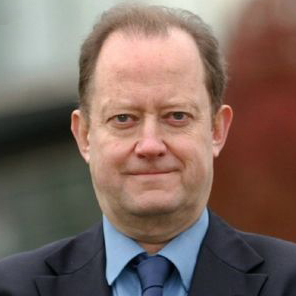
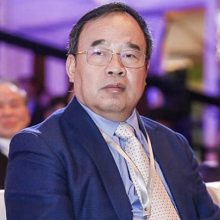
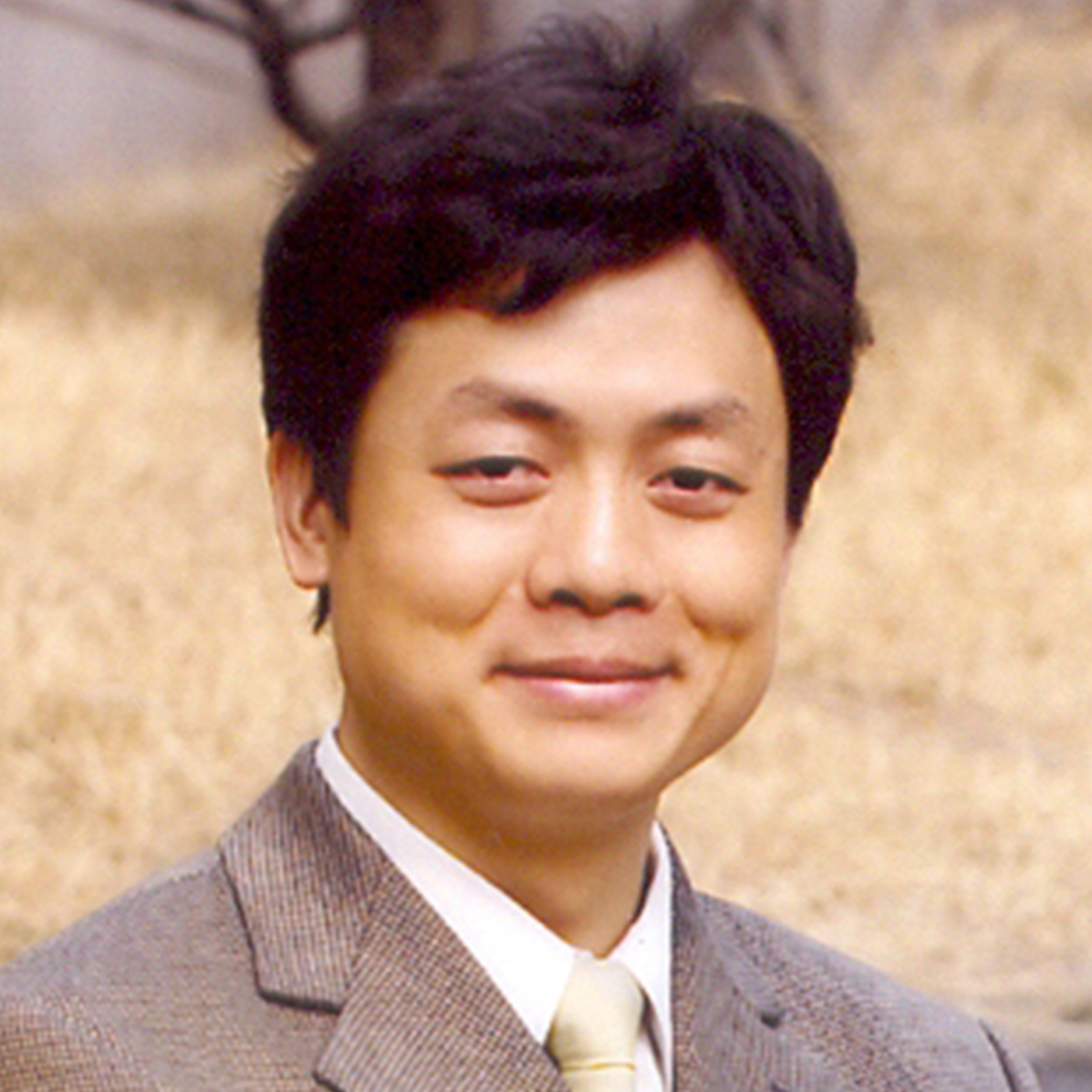

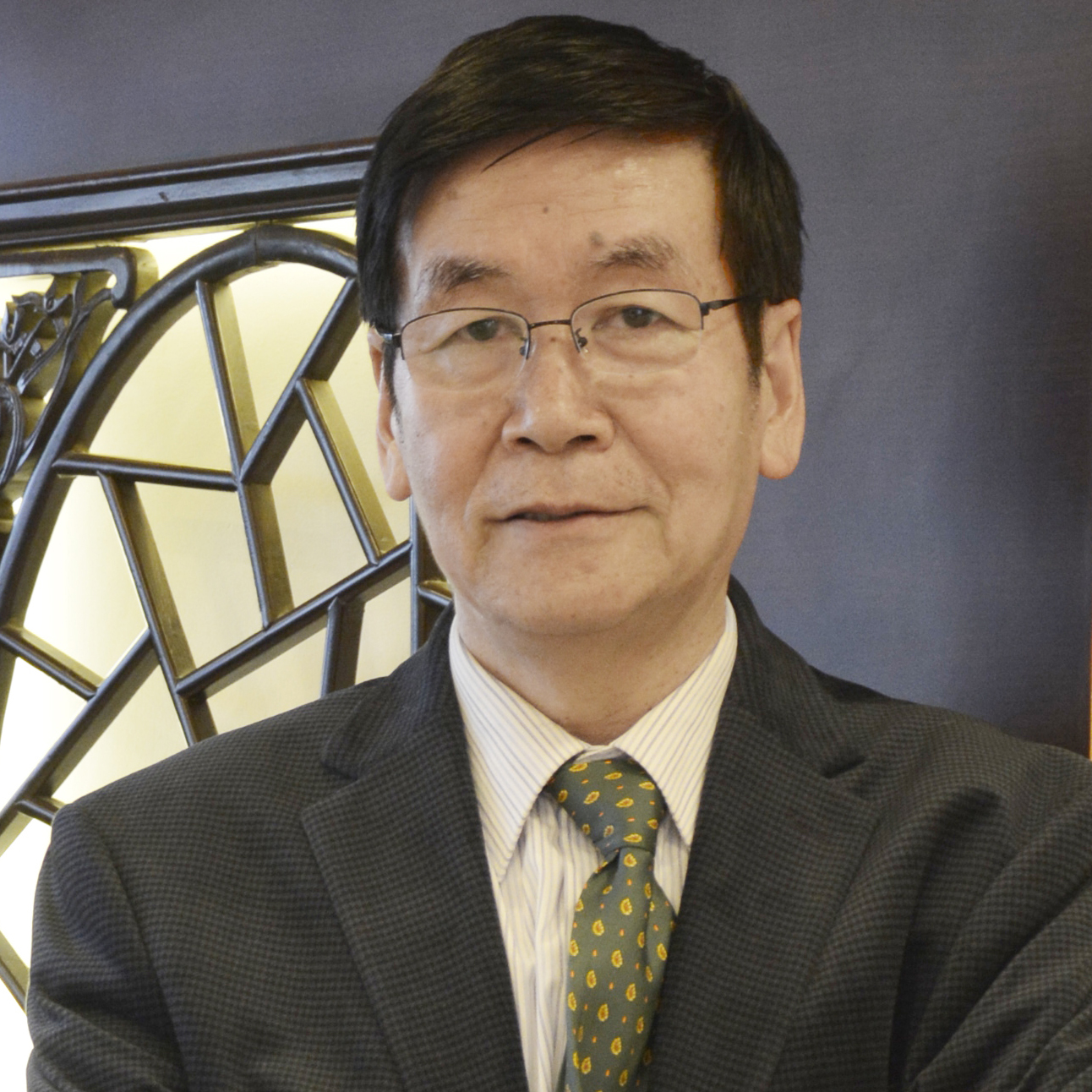
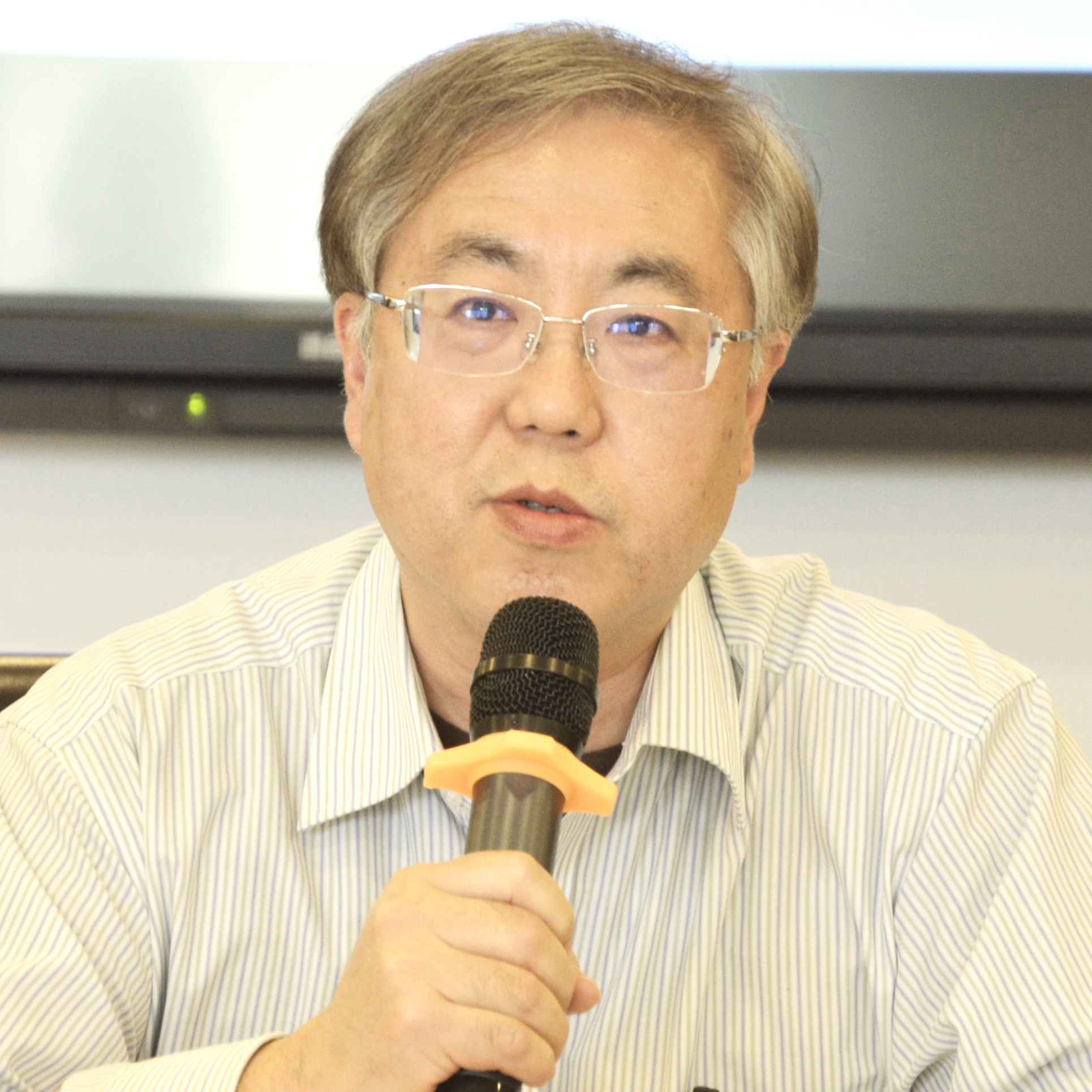

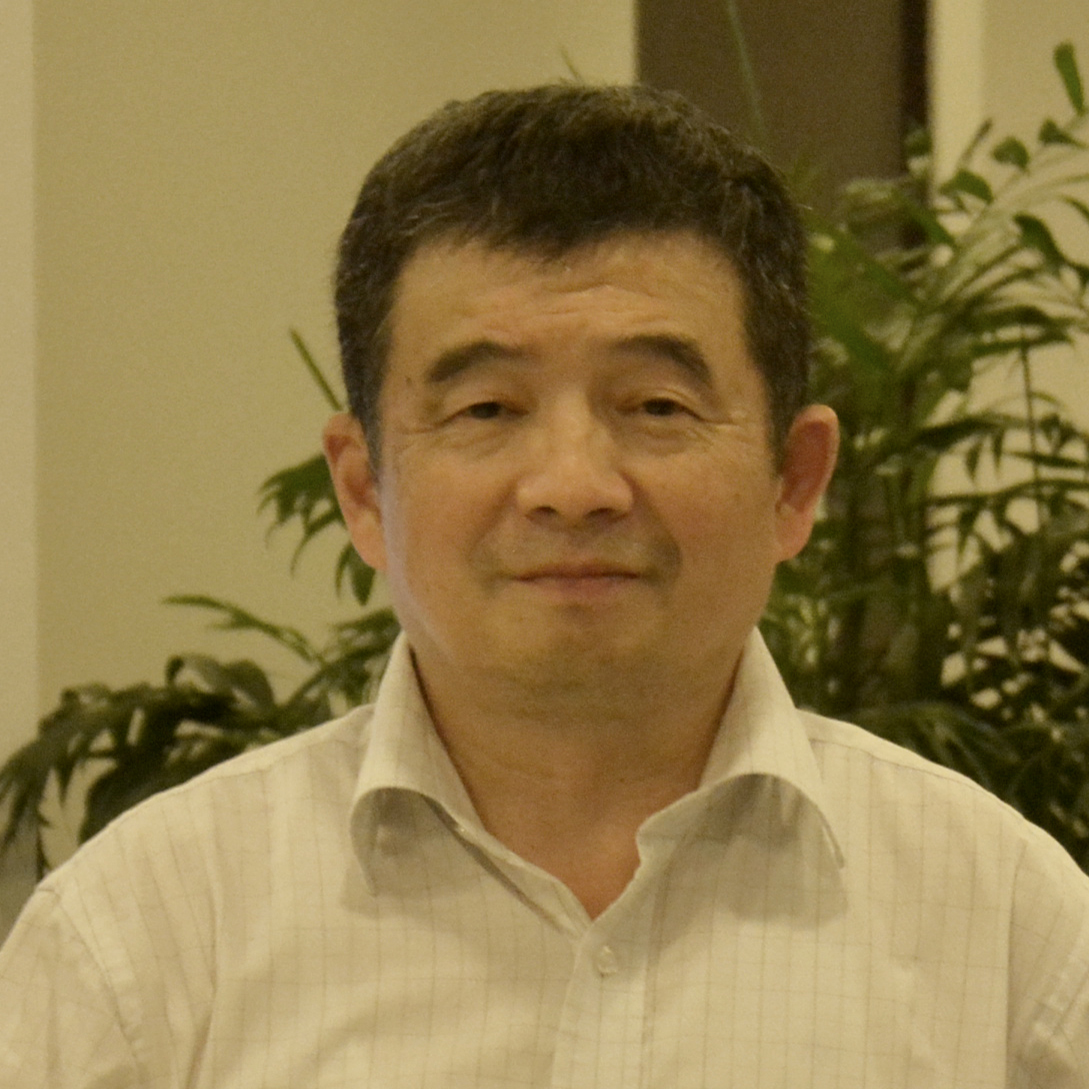
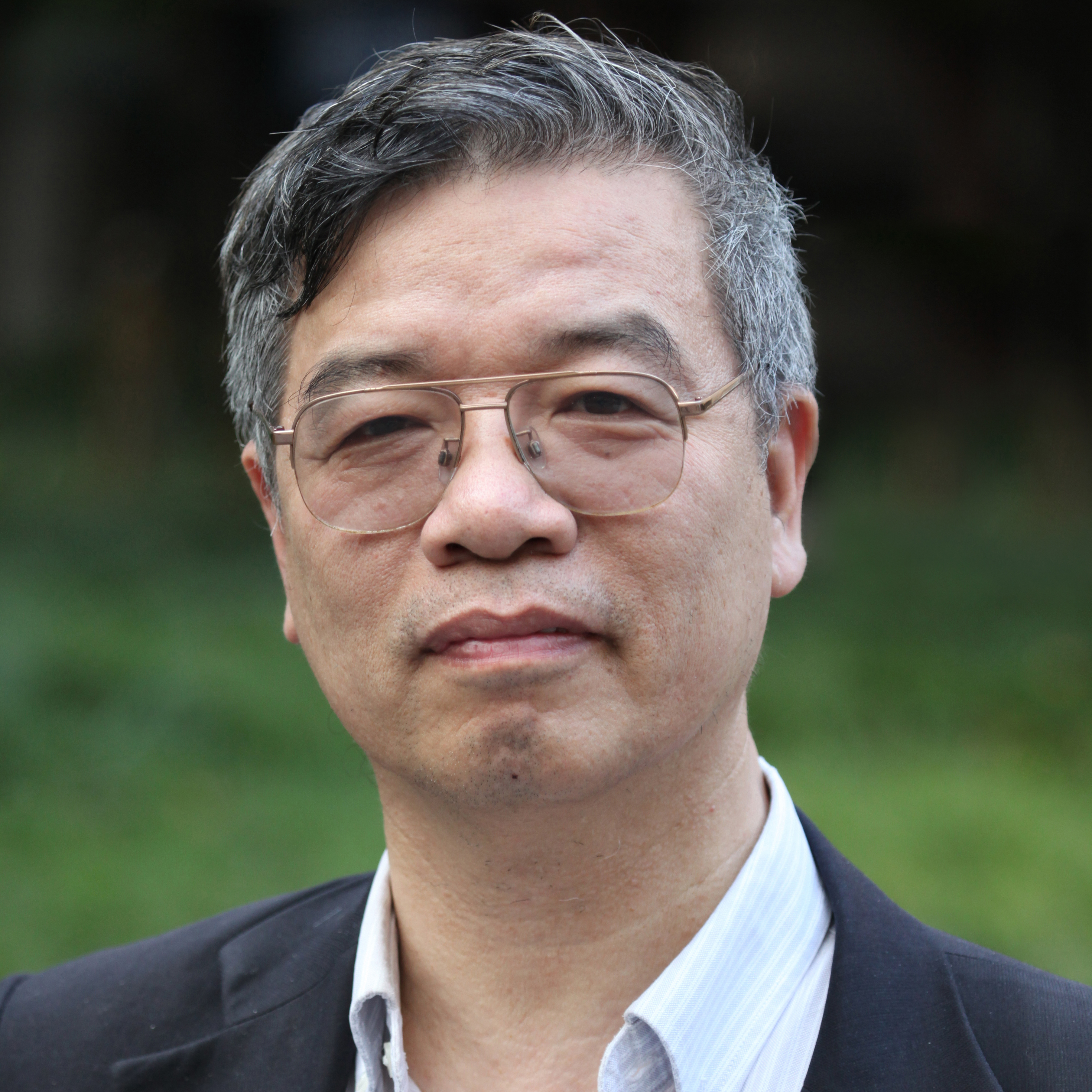
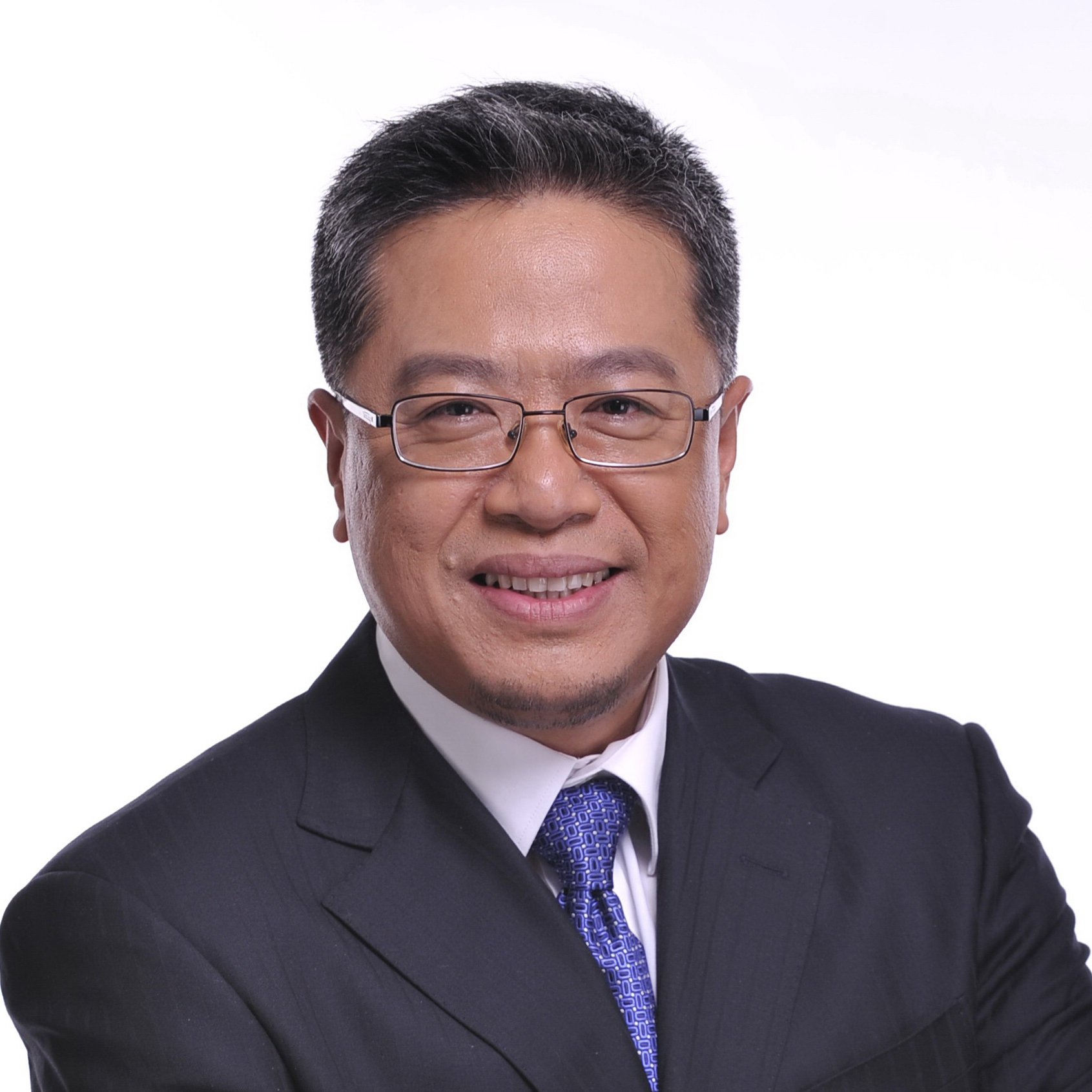
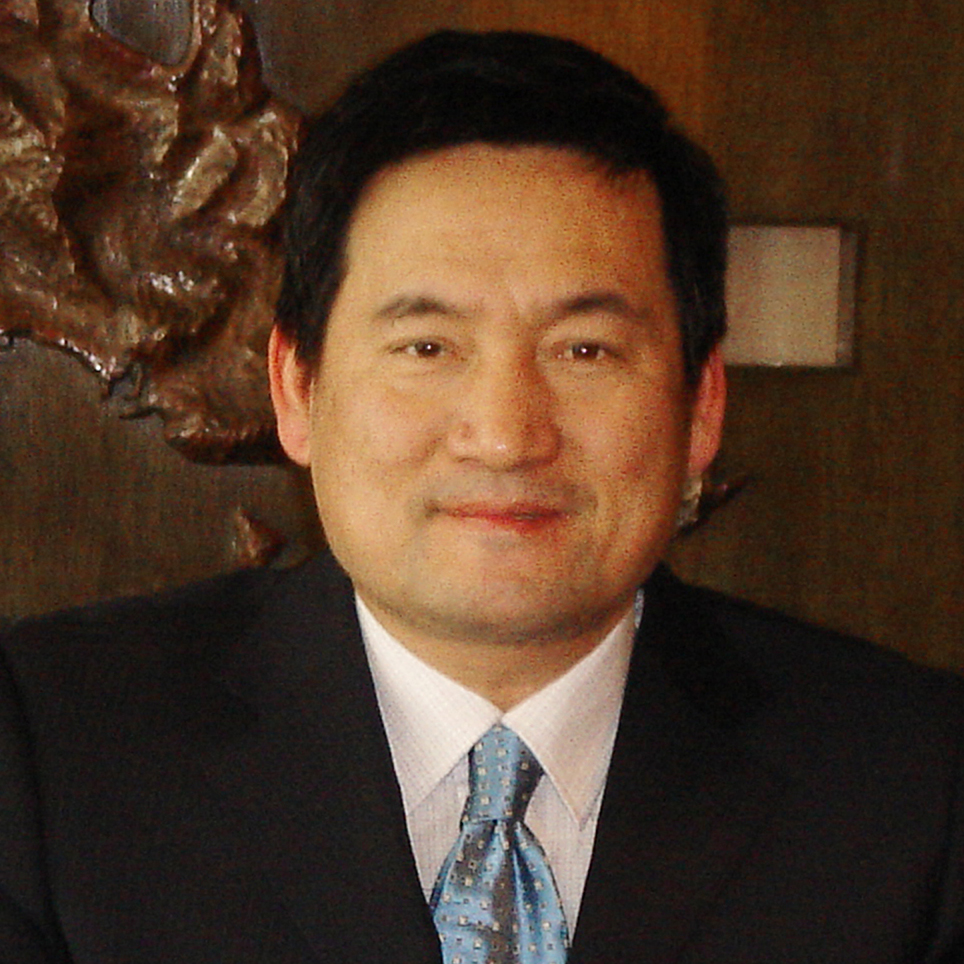


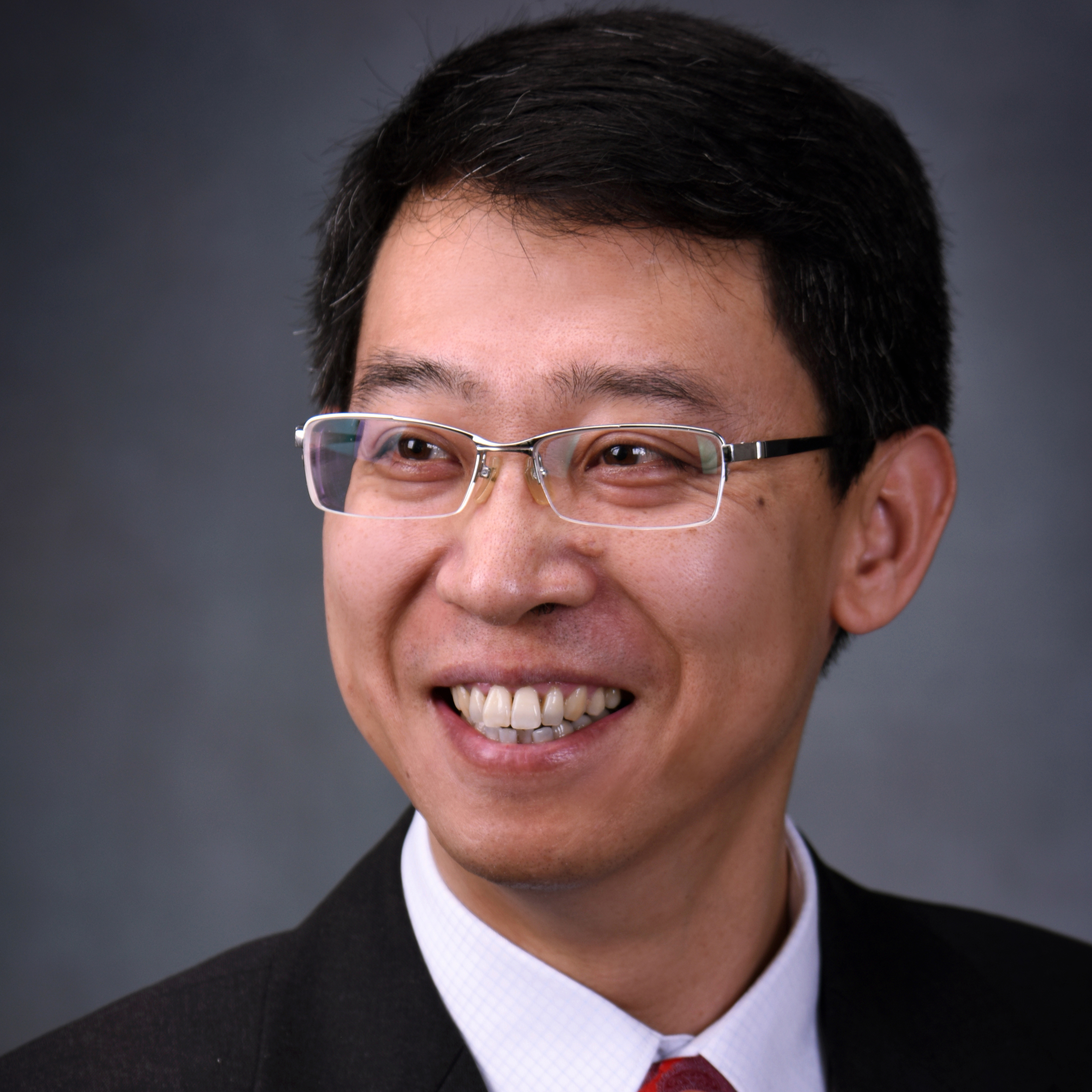



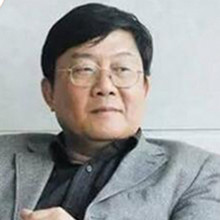

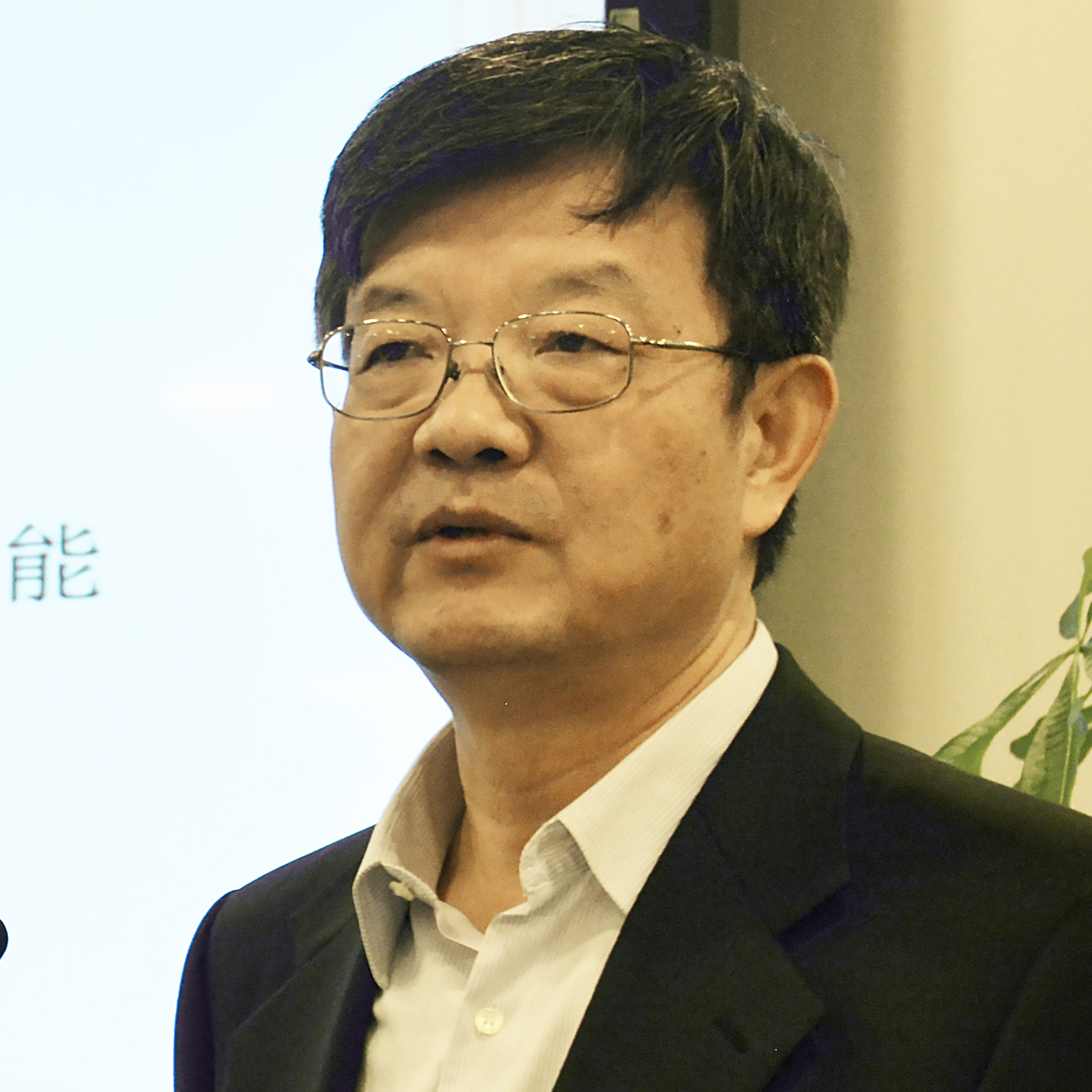
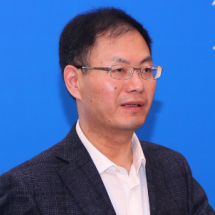
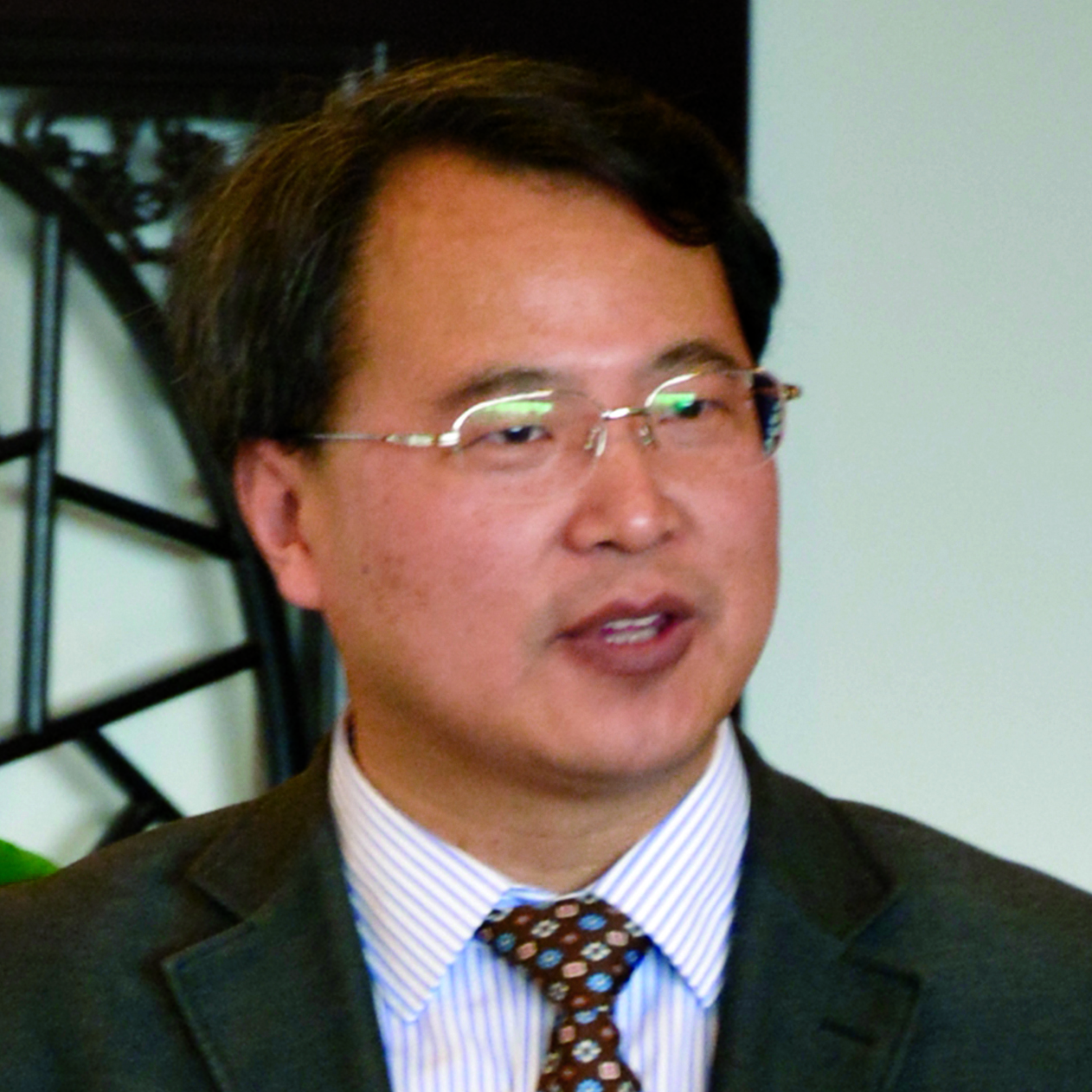
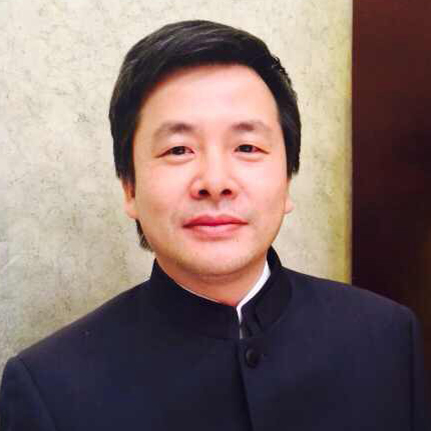
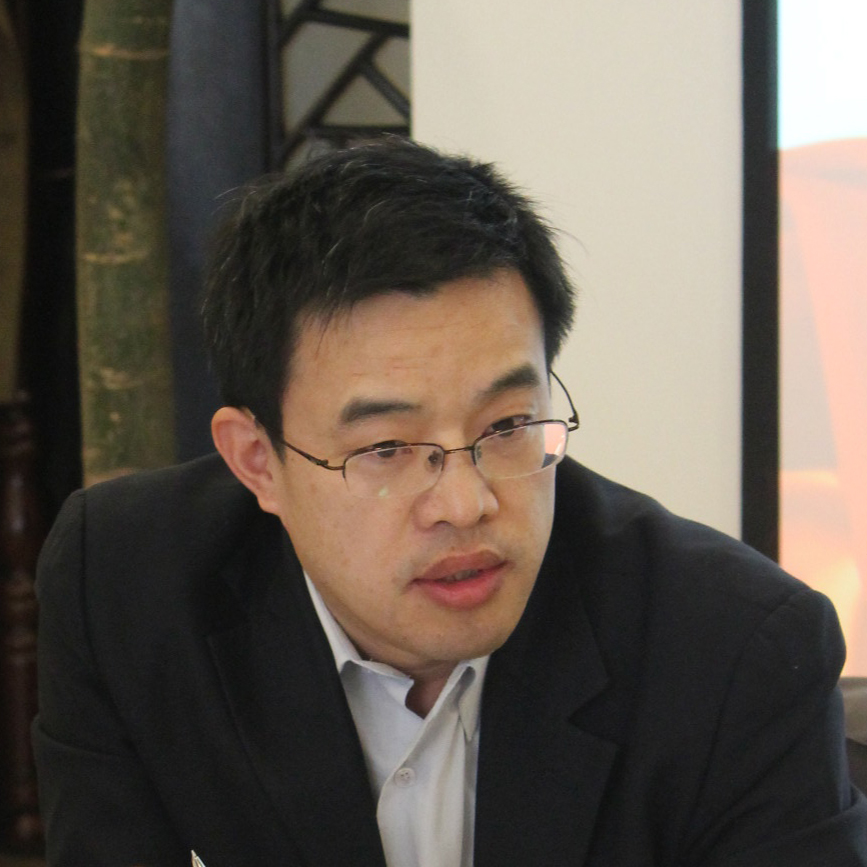
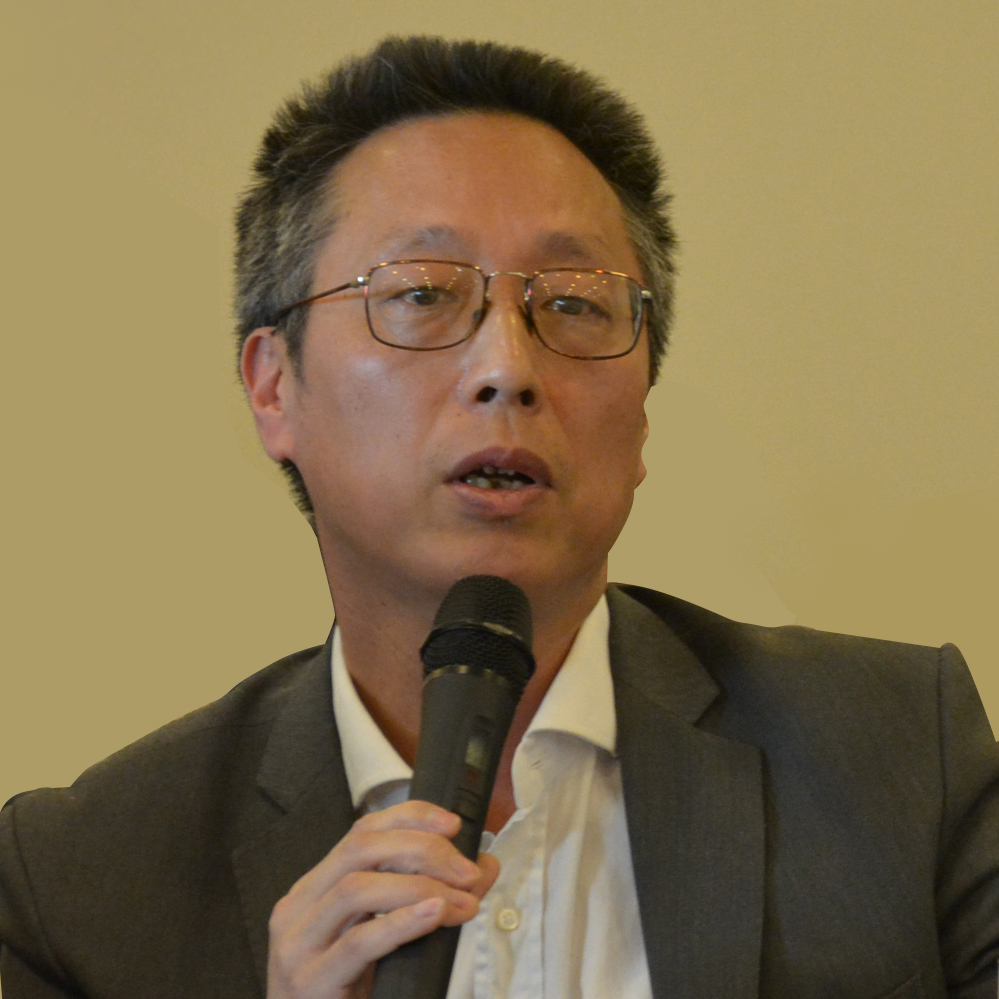
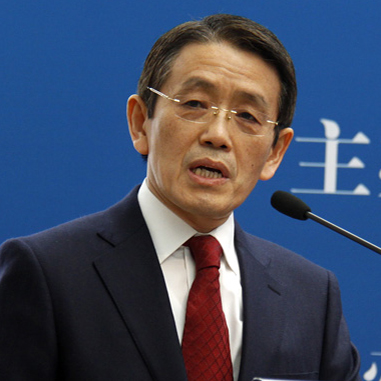
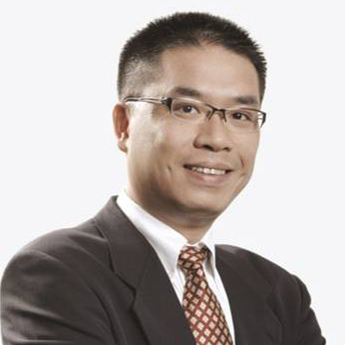
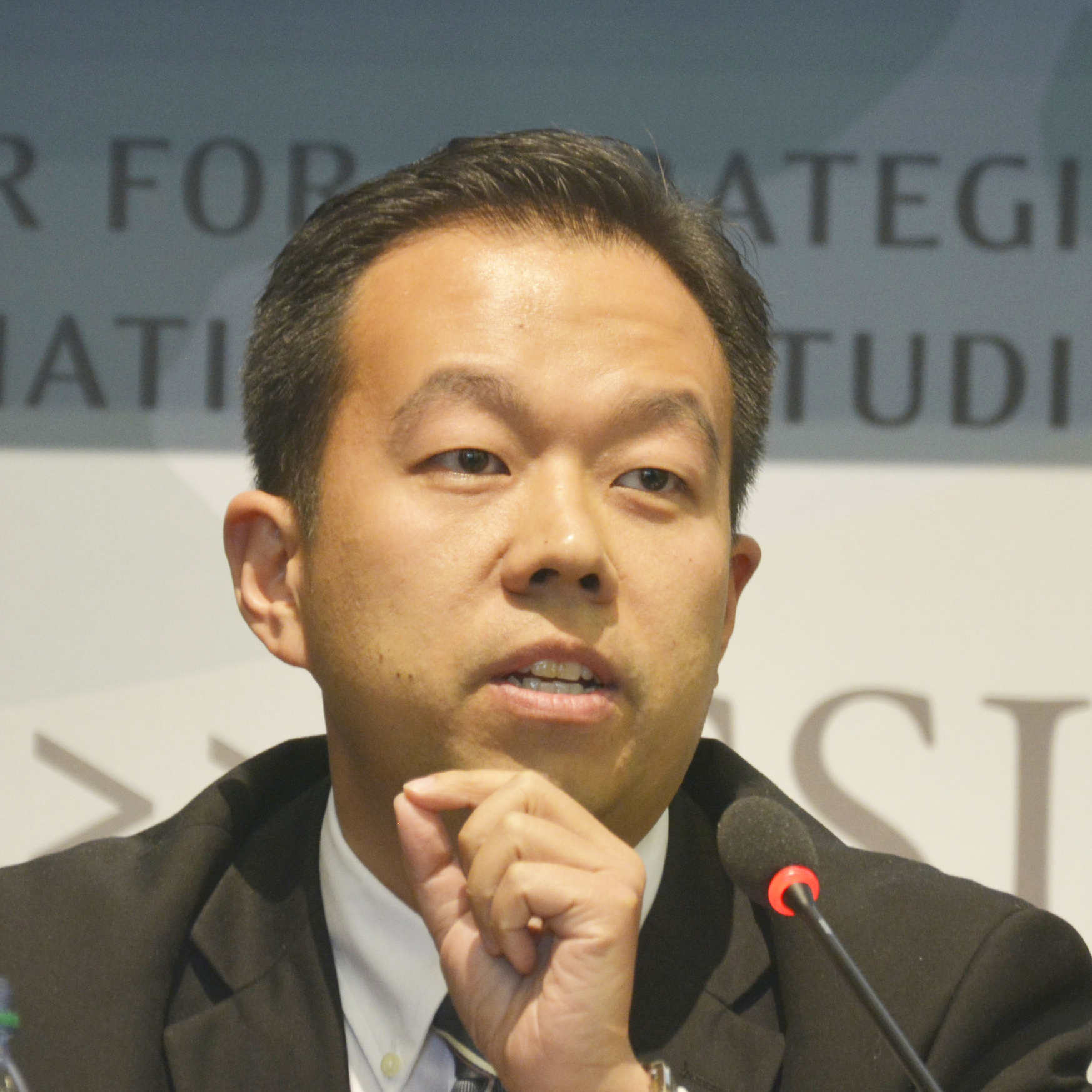
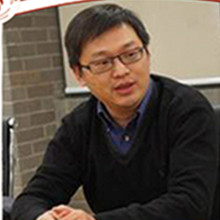
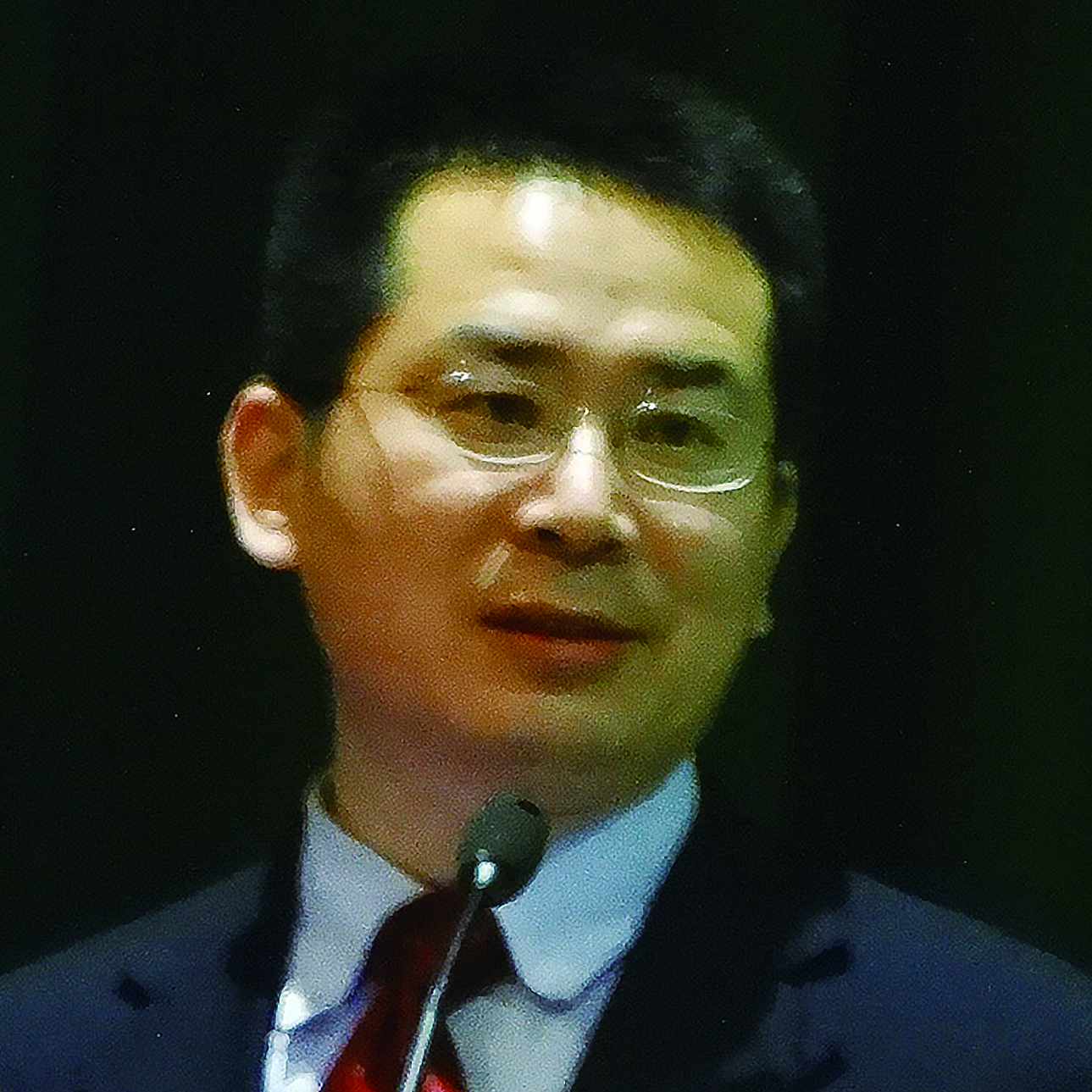
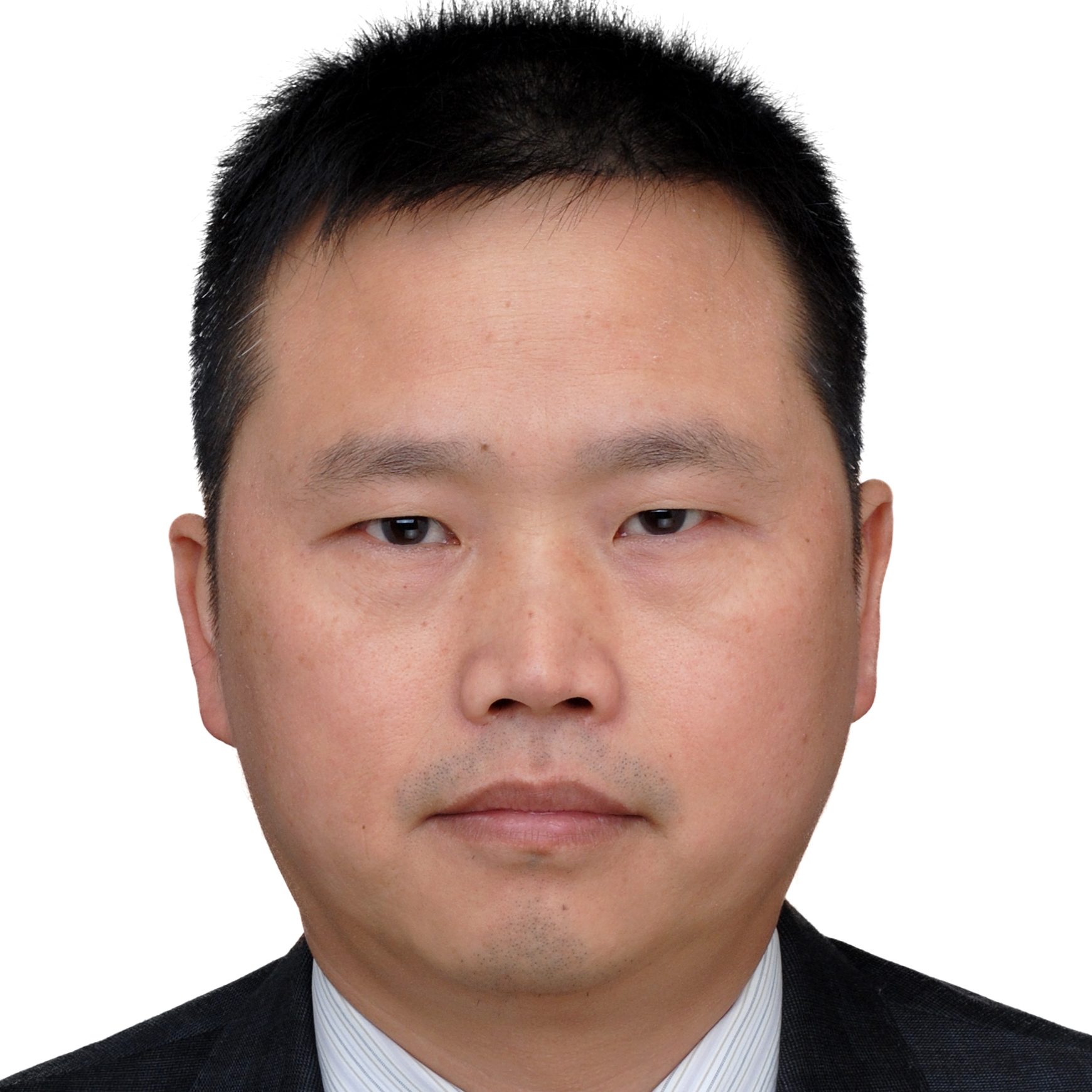
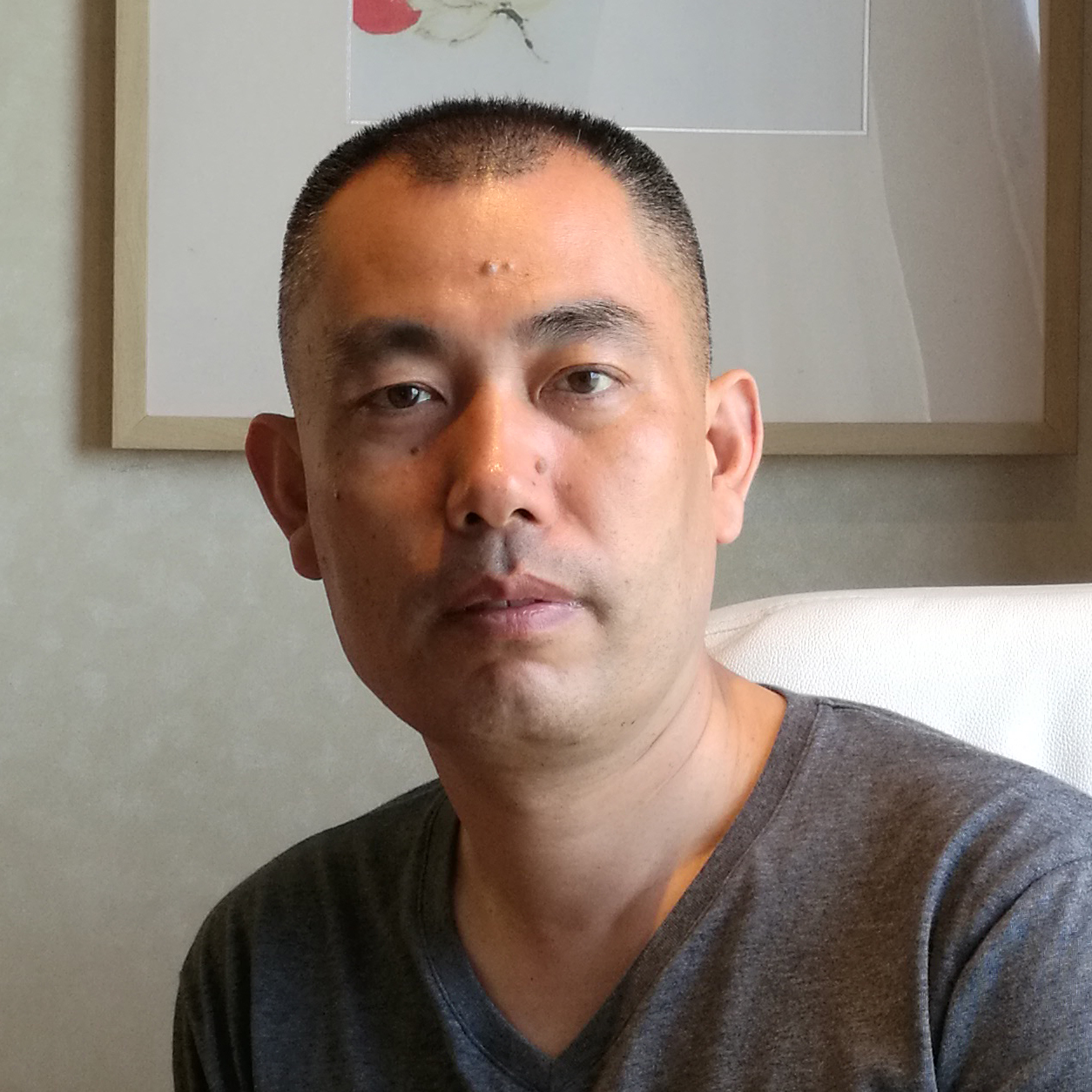
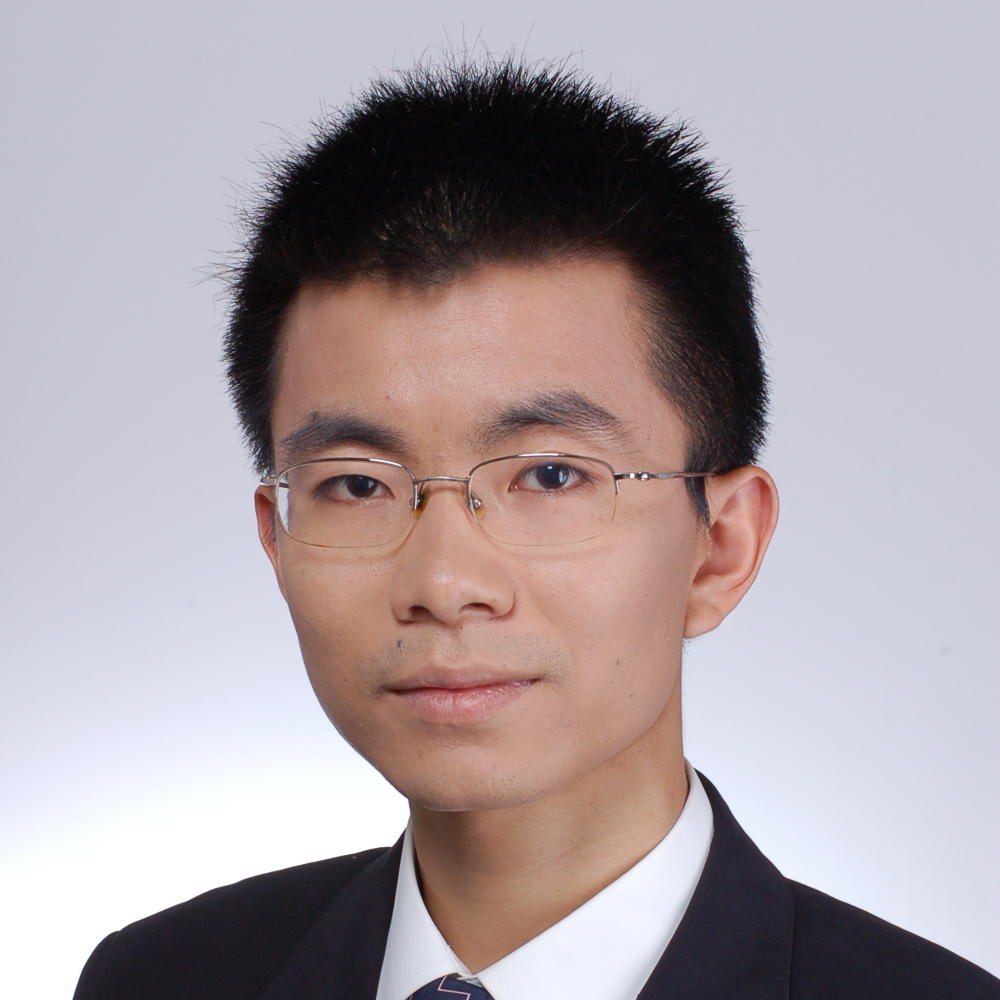
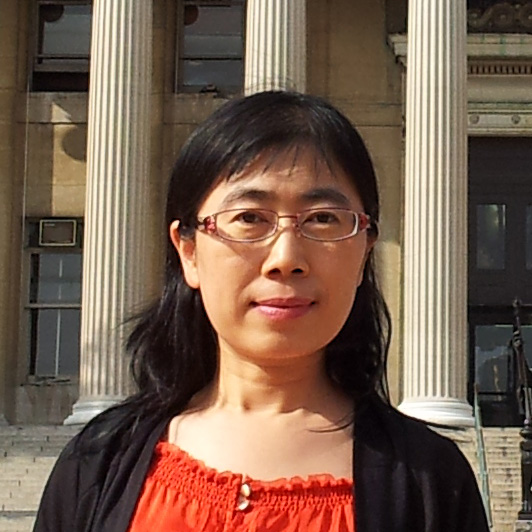
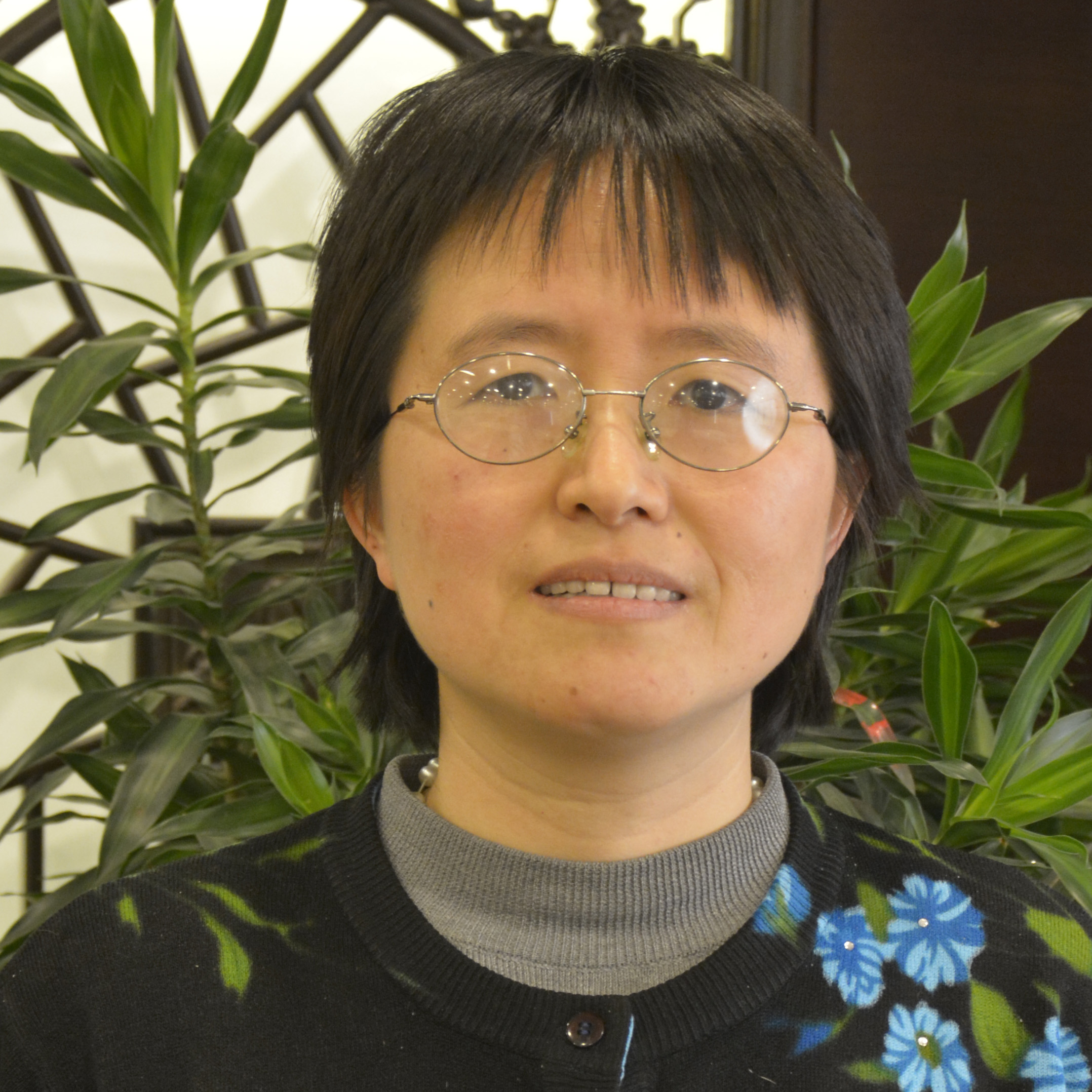

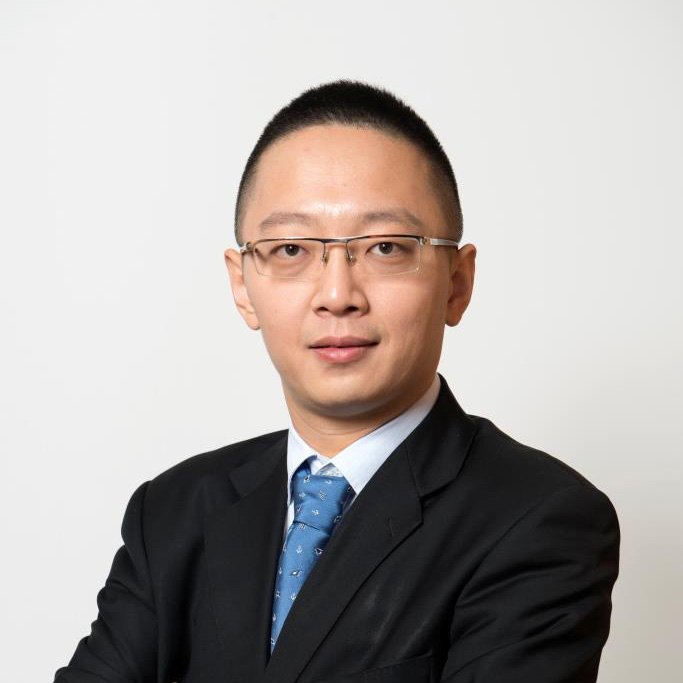
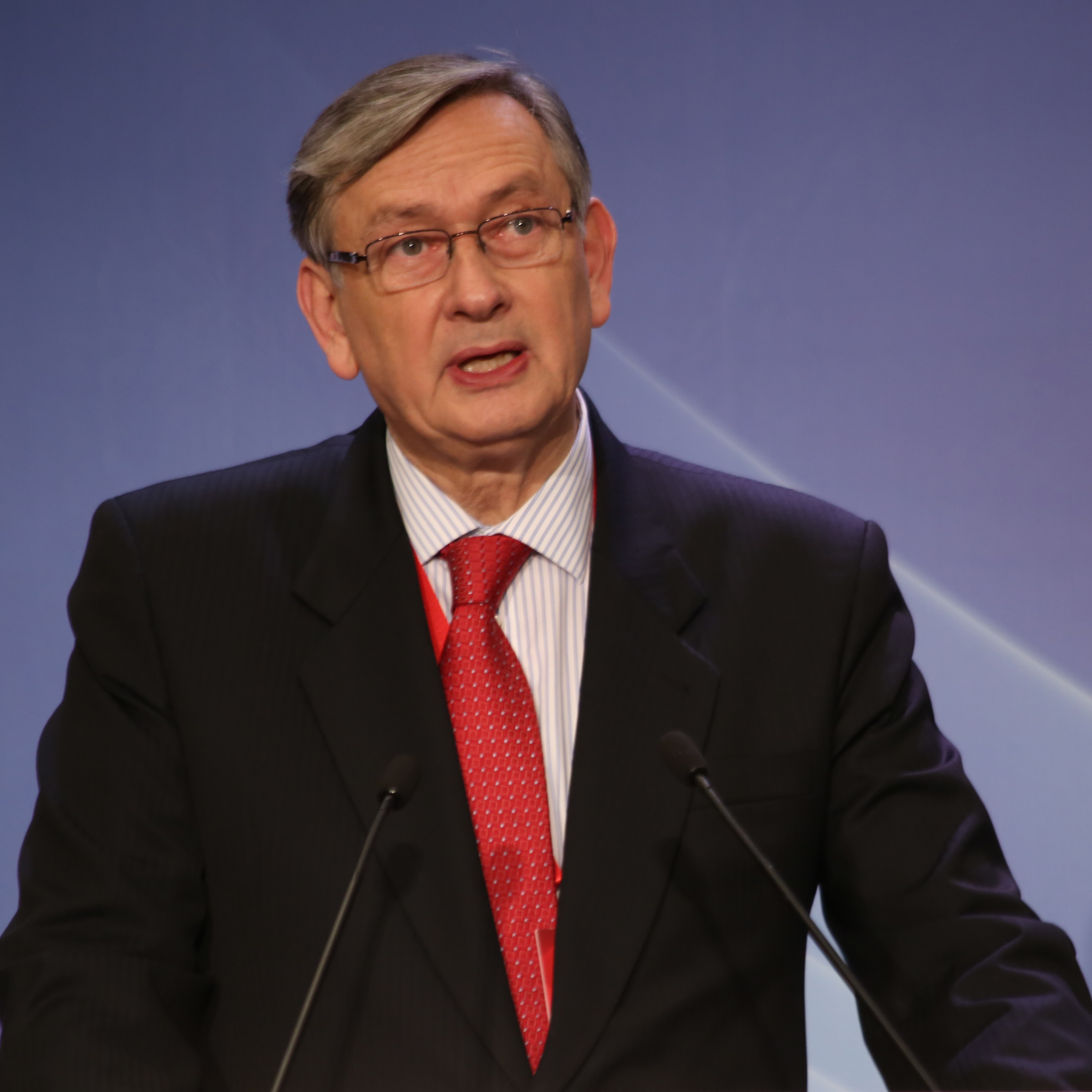
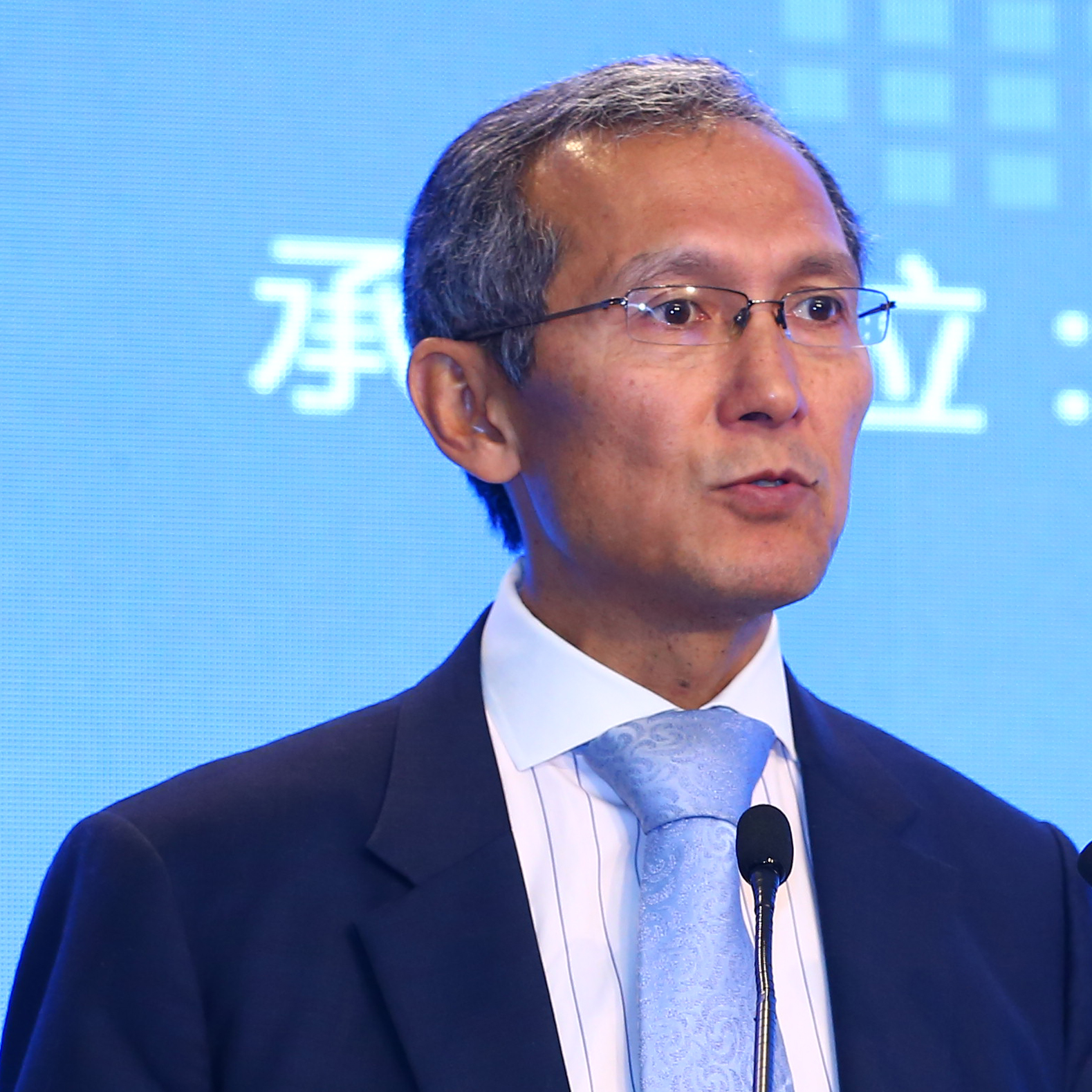
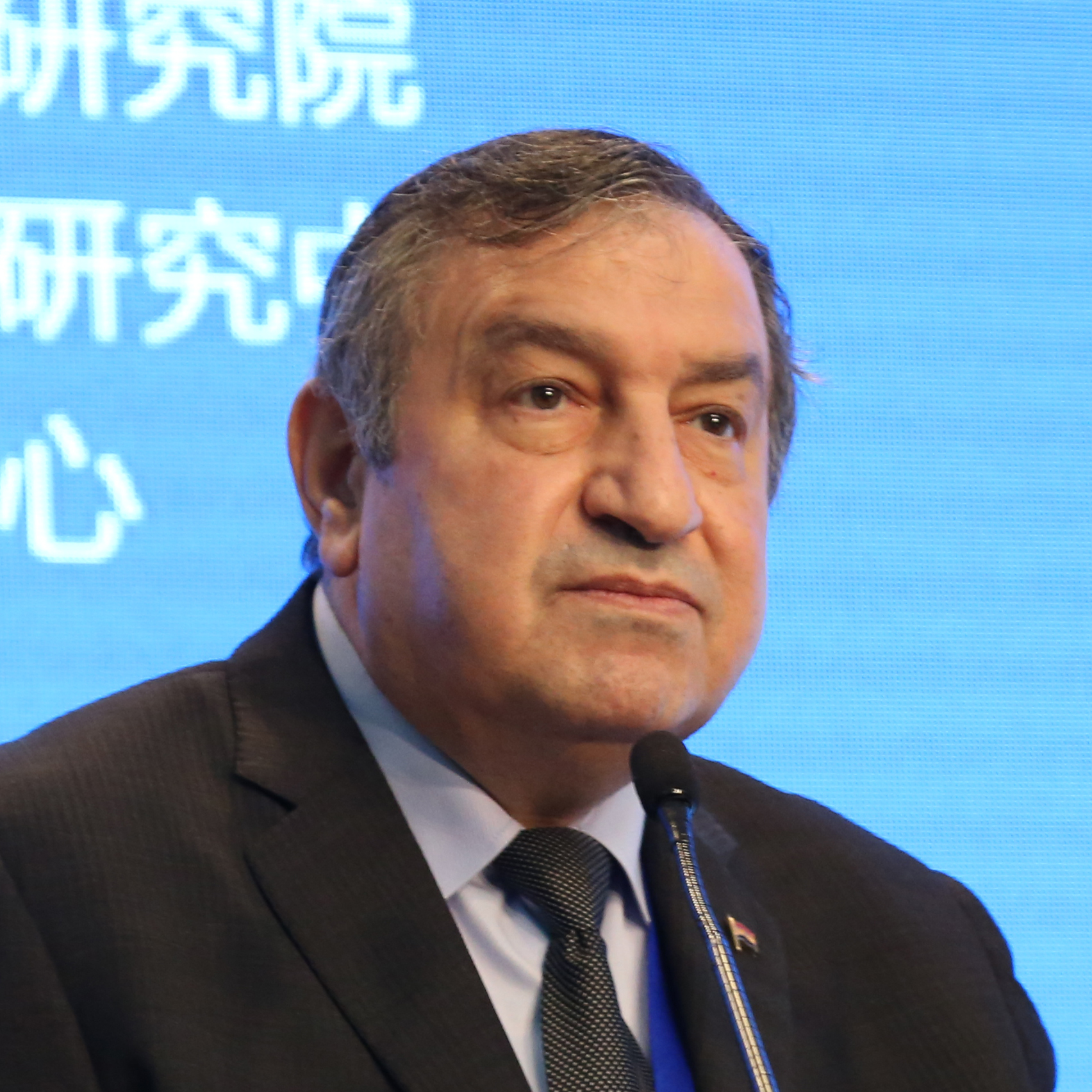
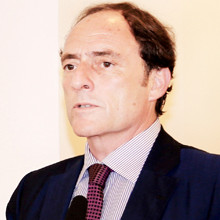
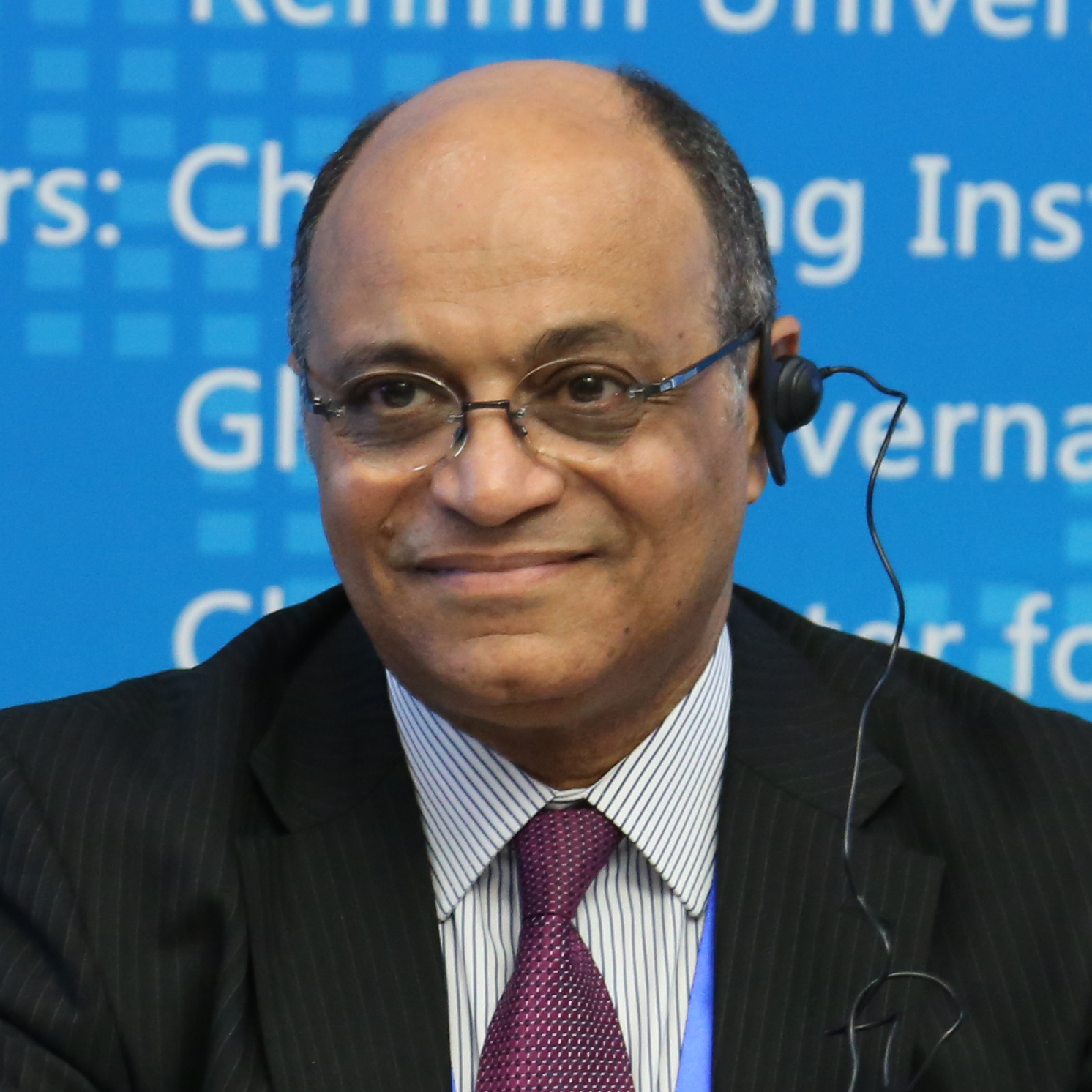







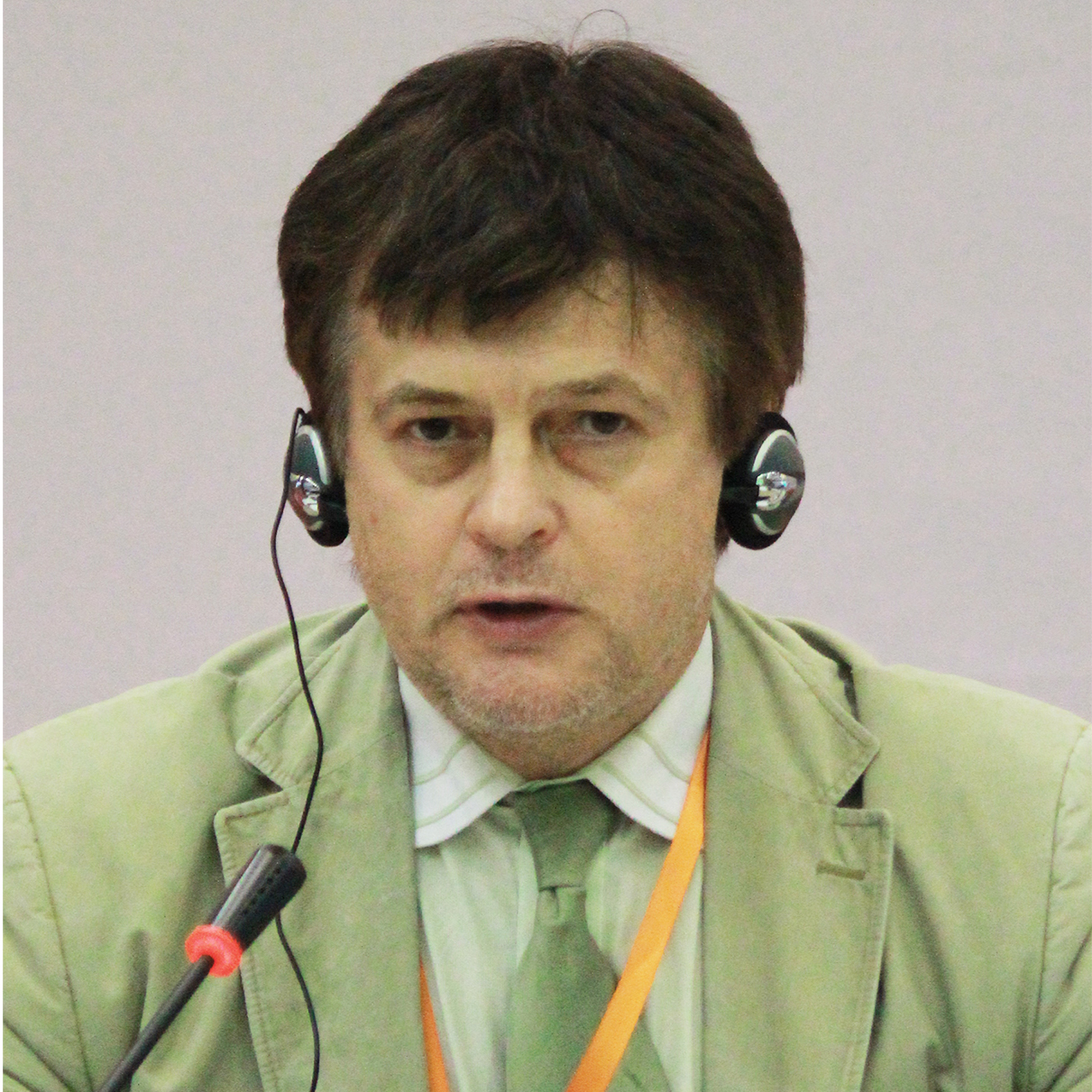


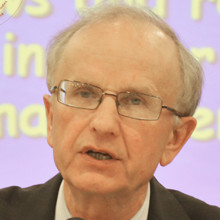
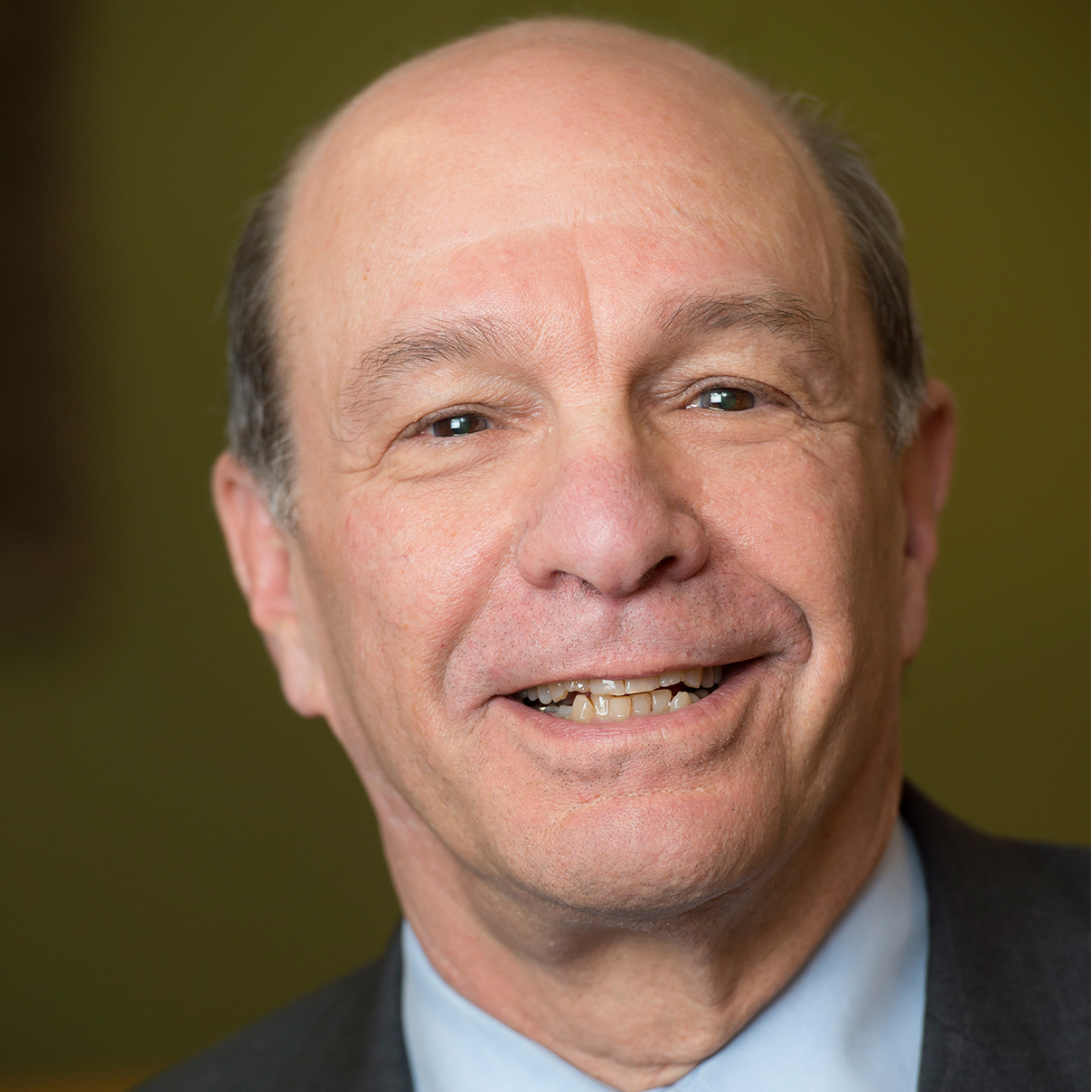
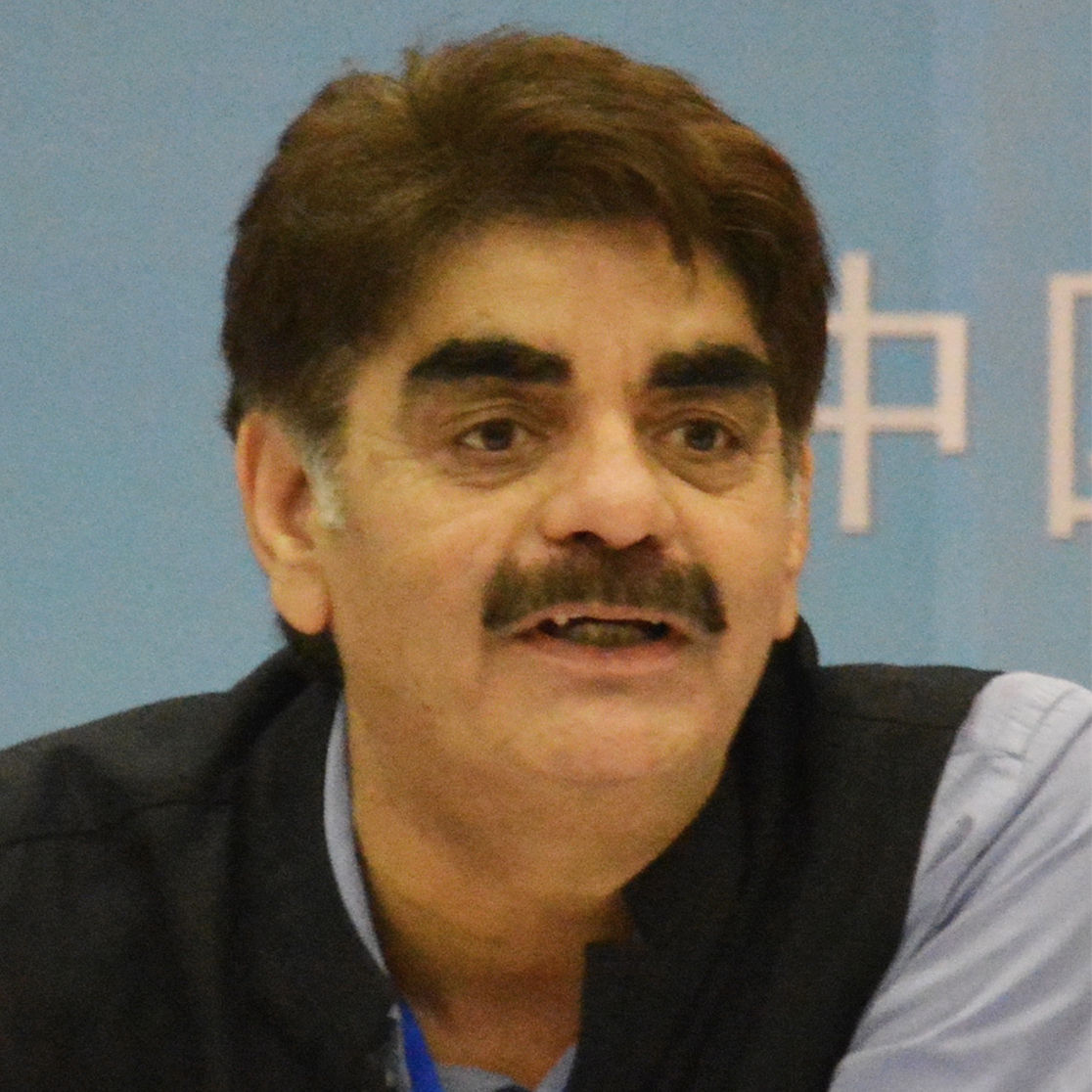

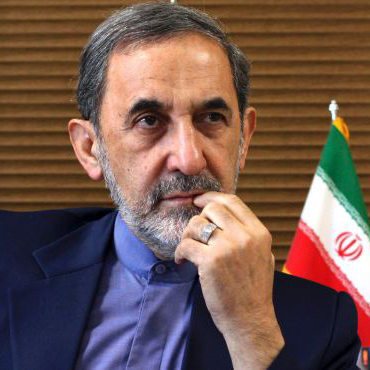
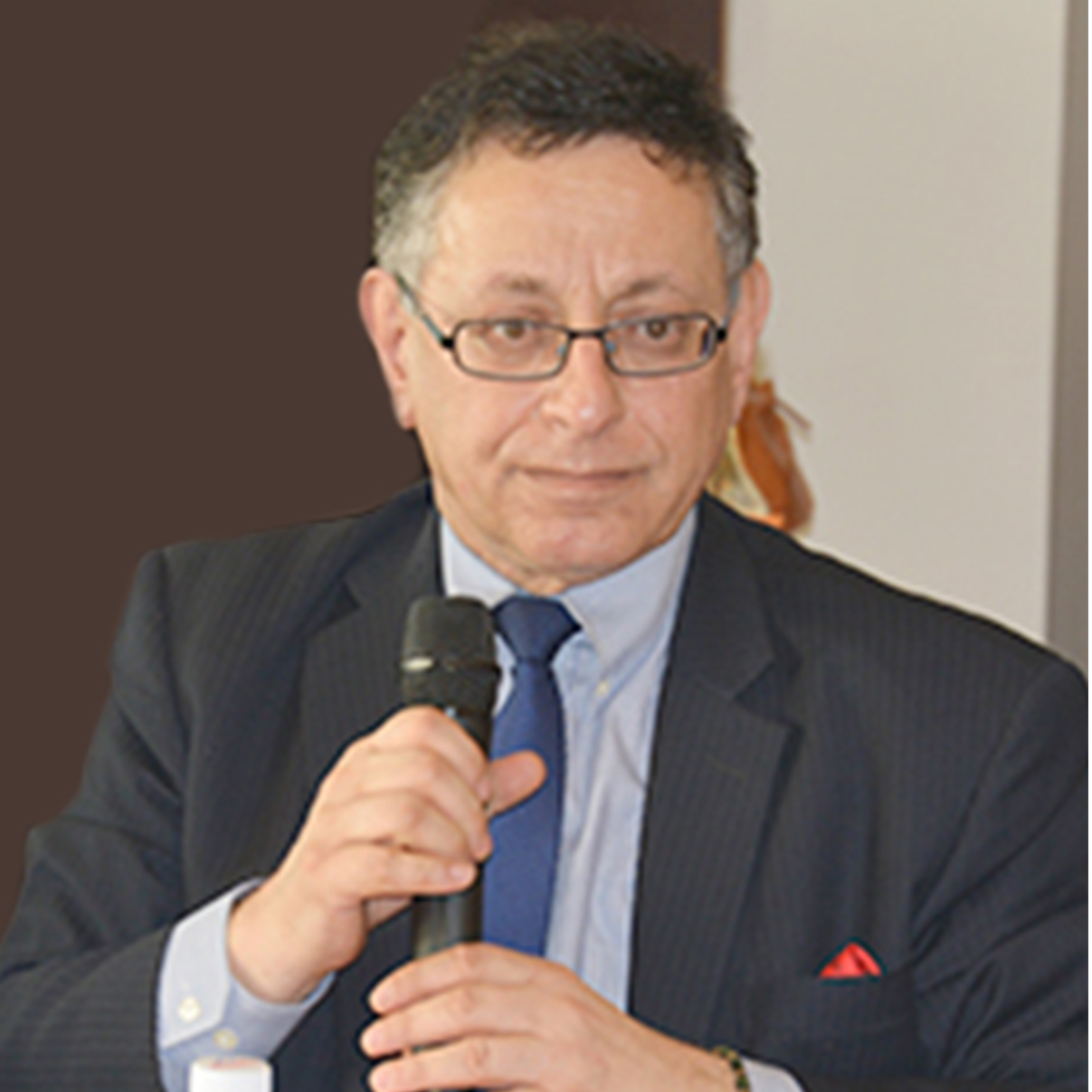
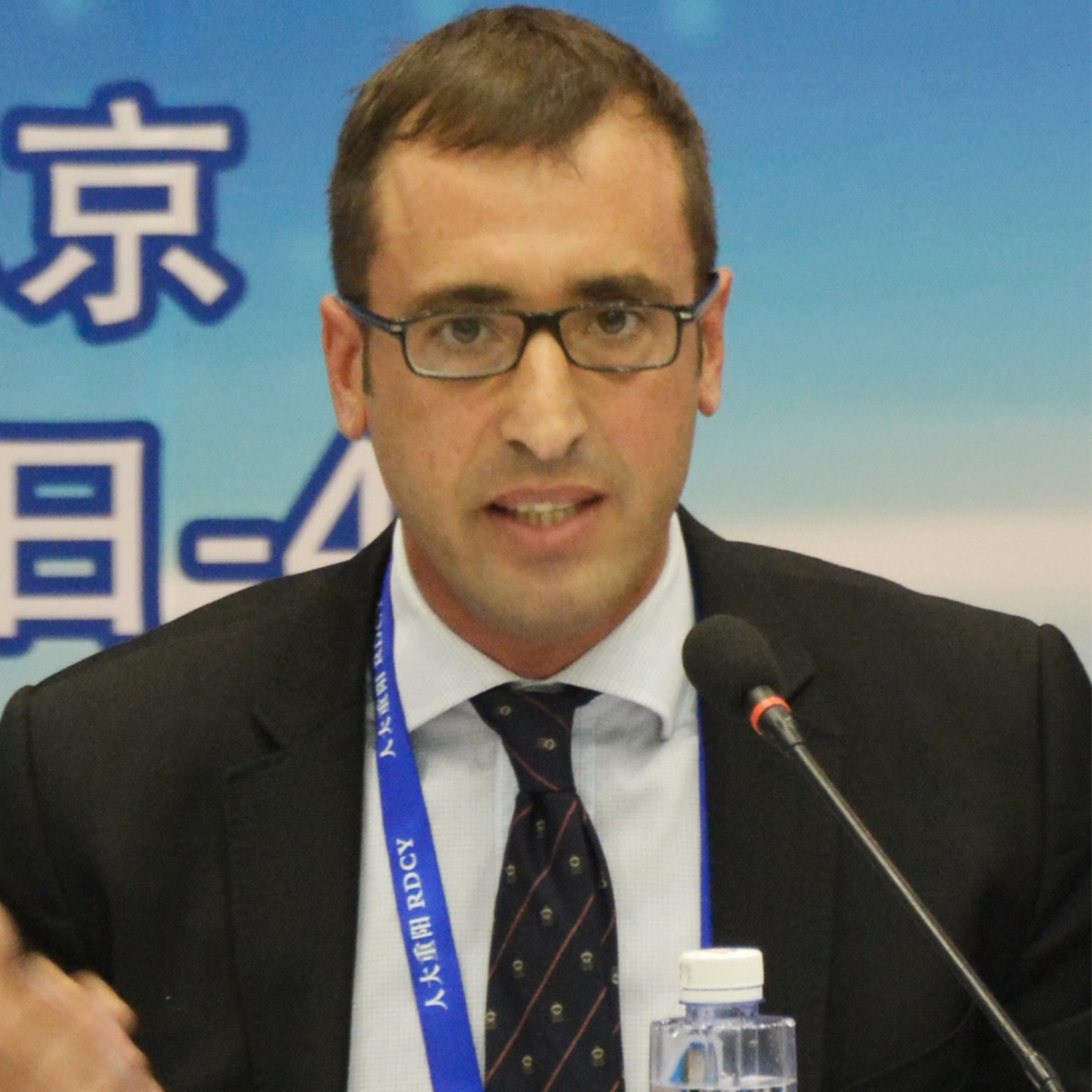
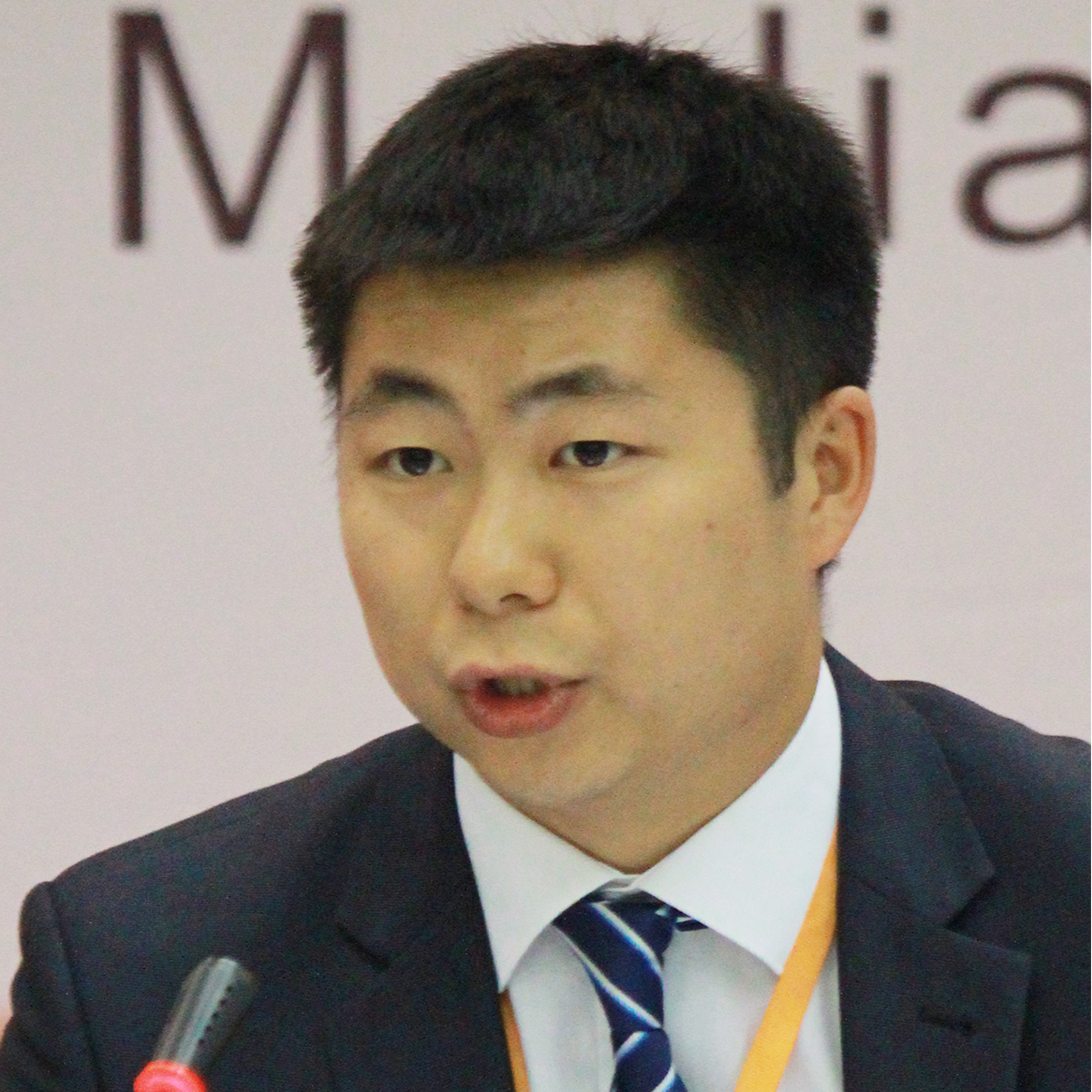
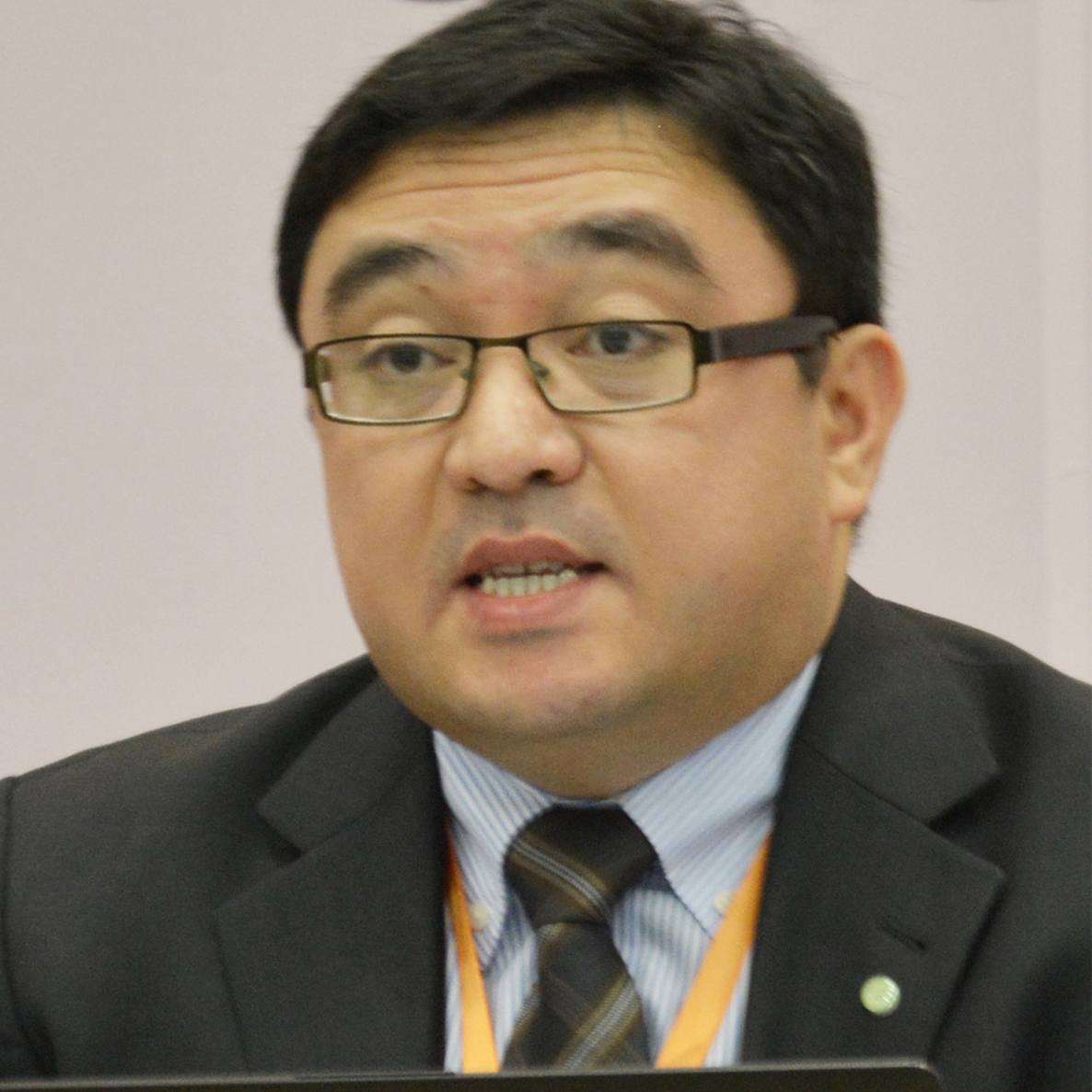
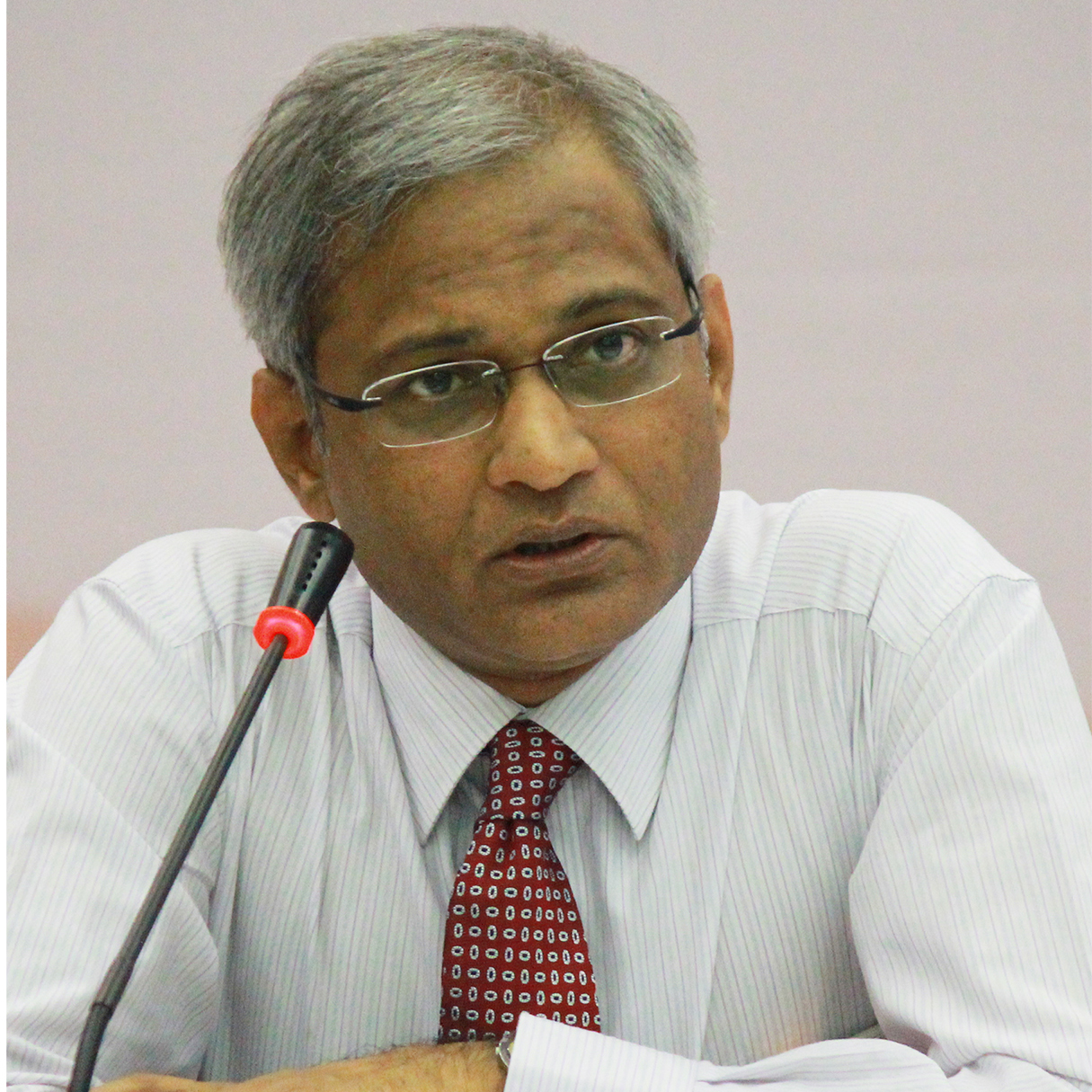



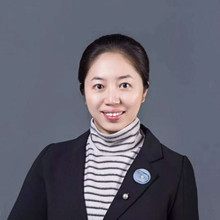

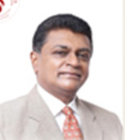
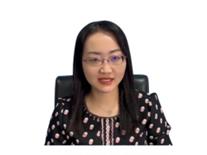

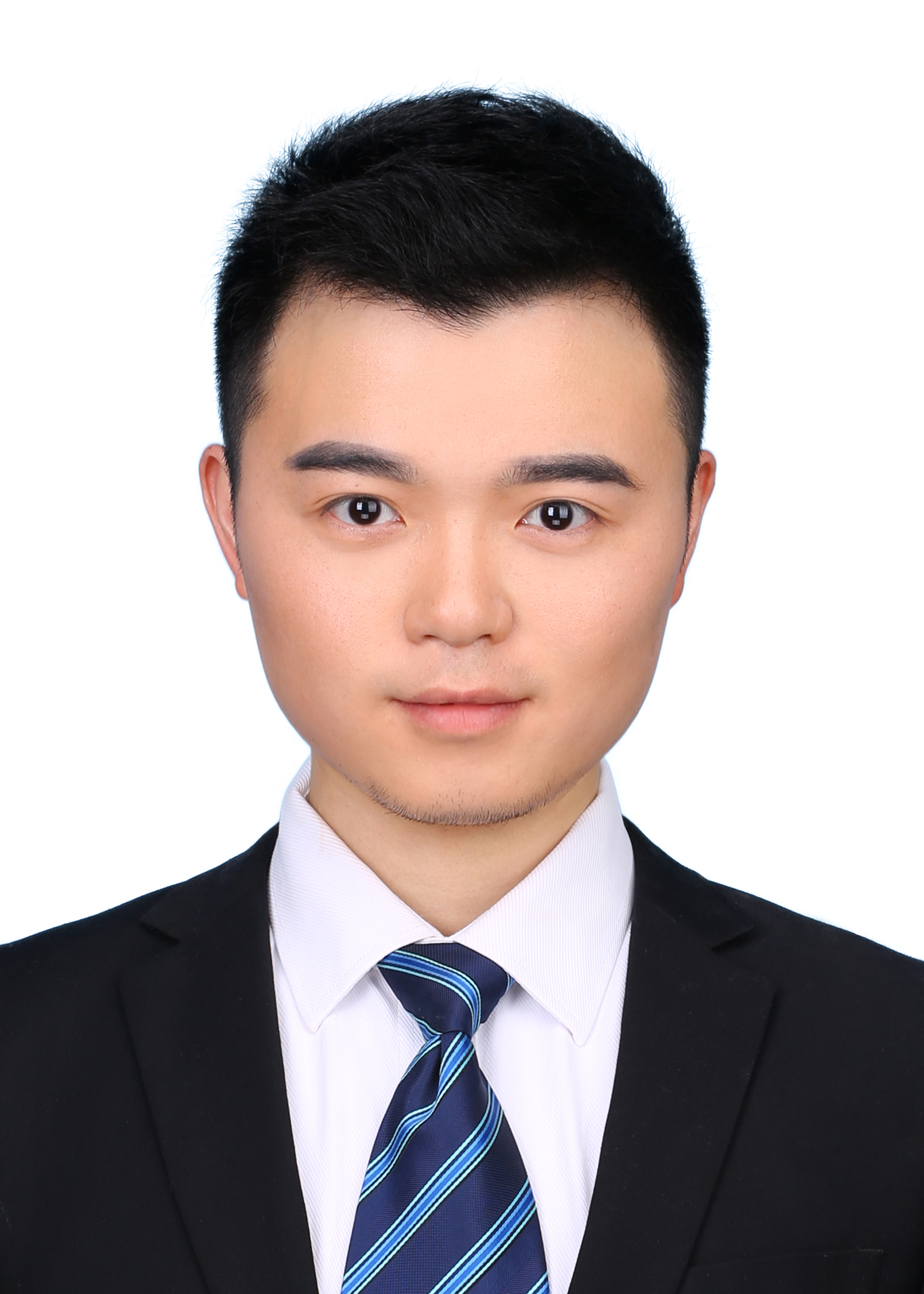
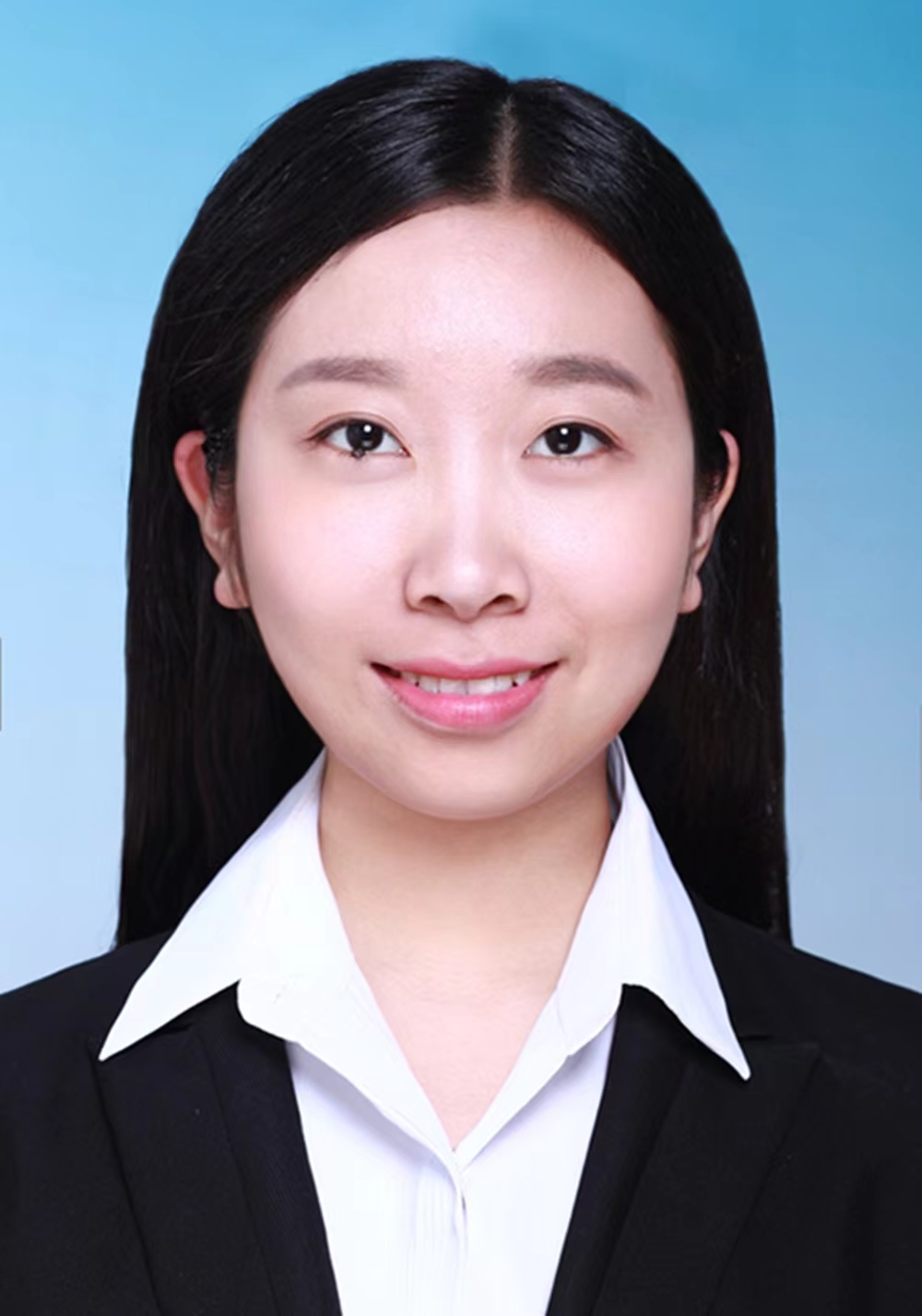
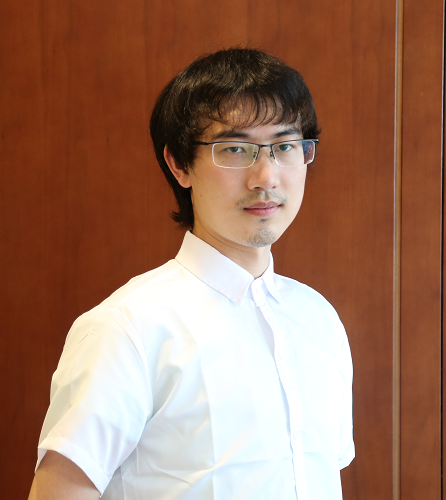
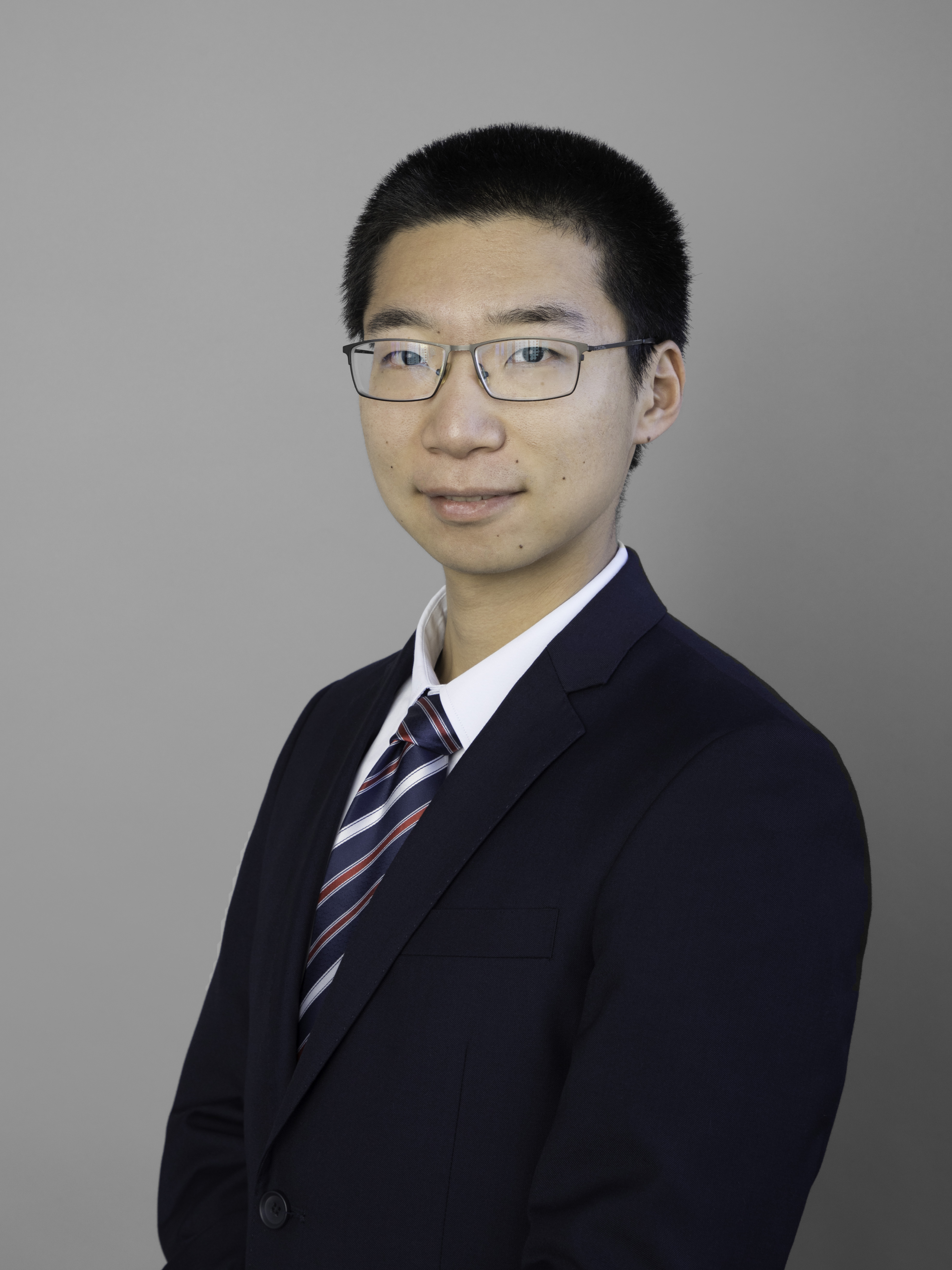

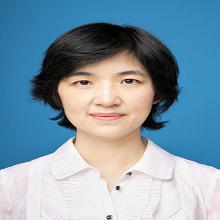



 京公网安备 11010802037854号
京公网安备 11010802037854号





